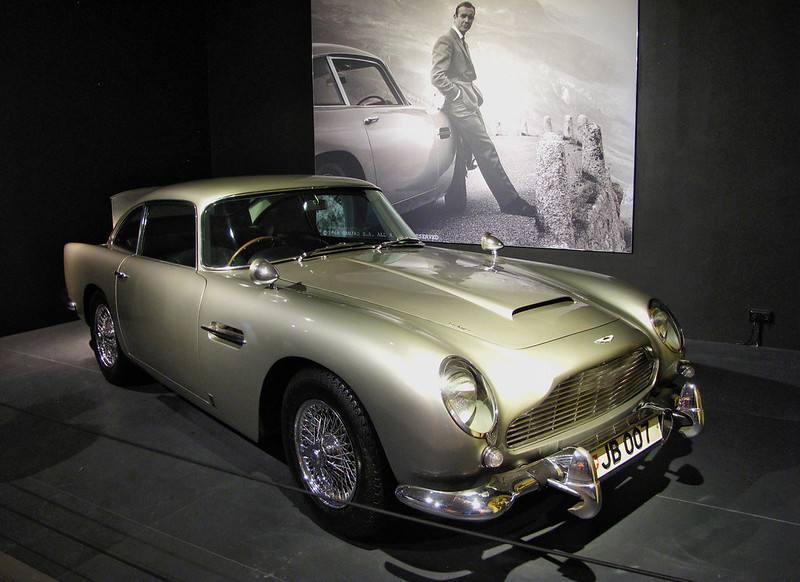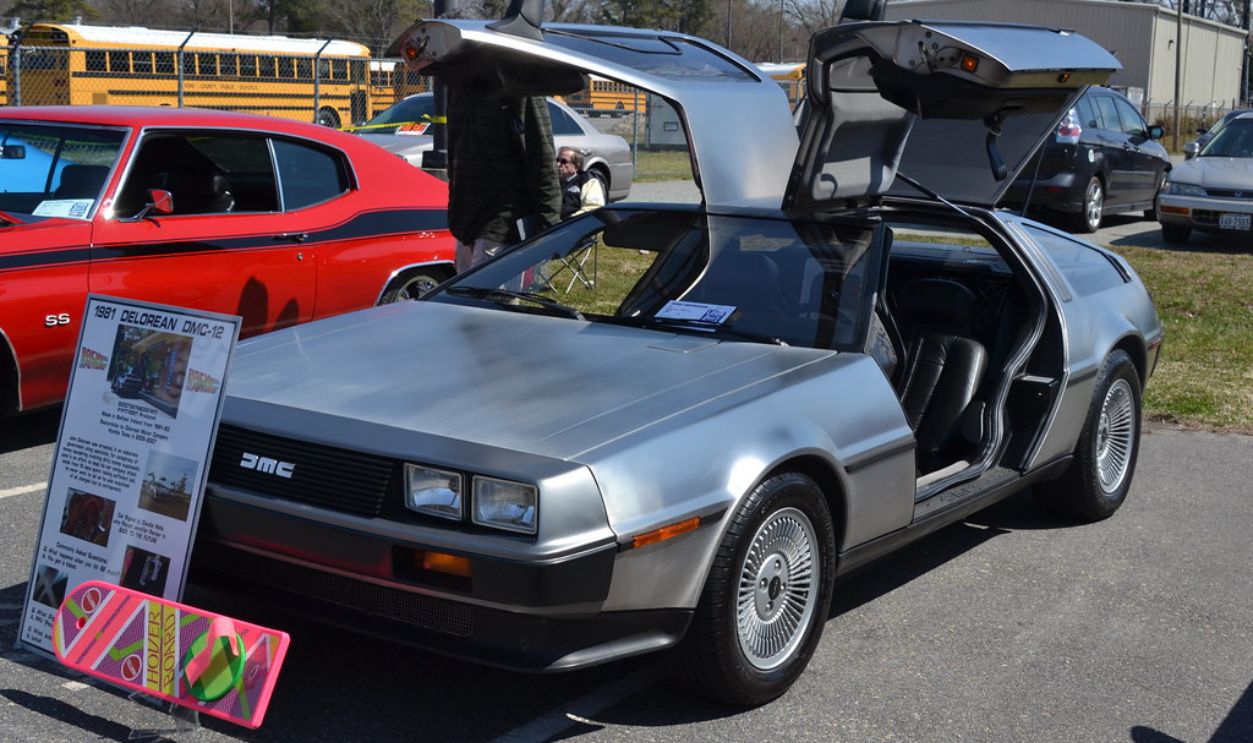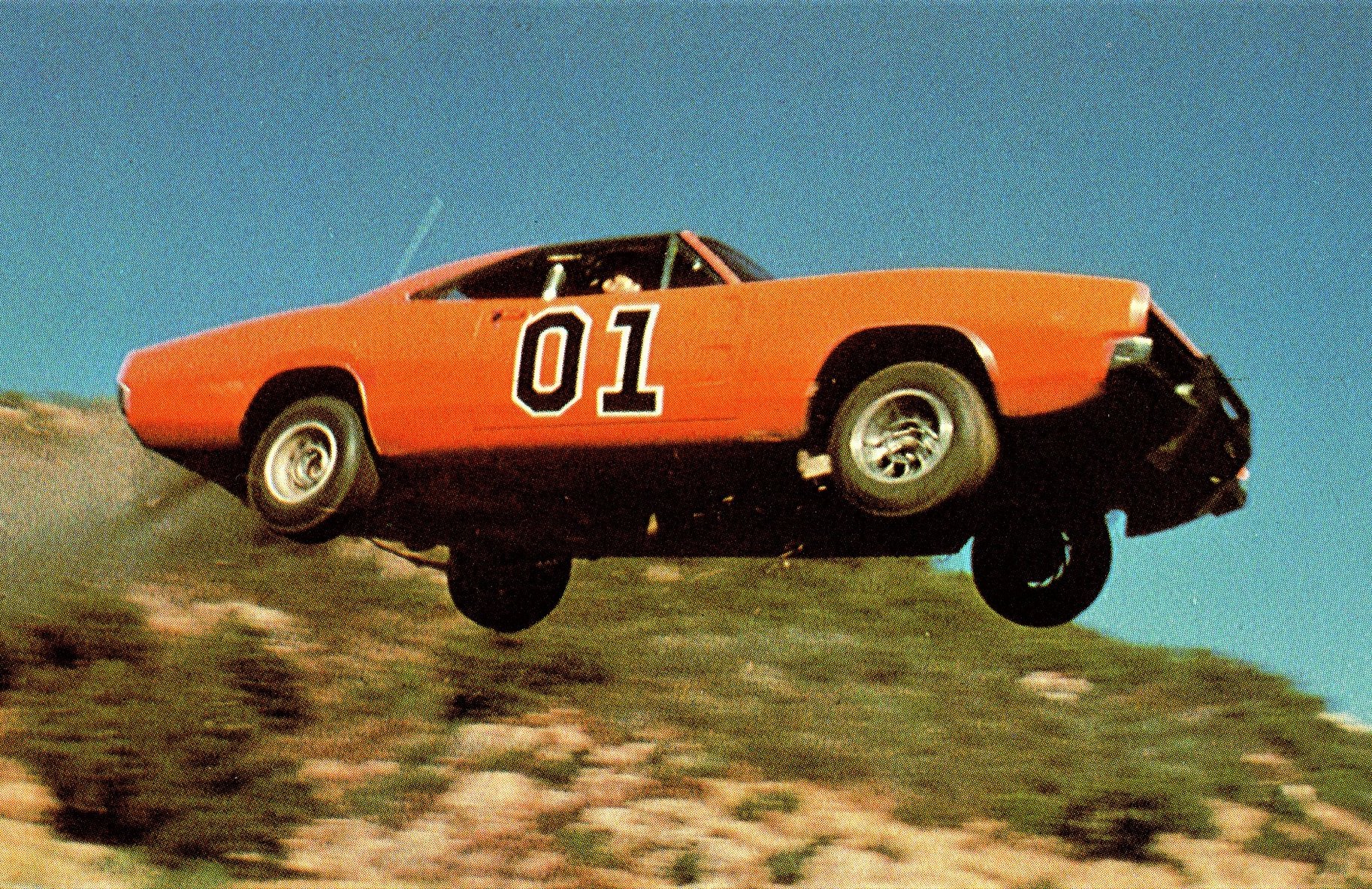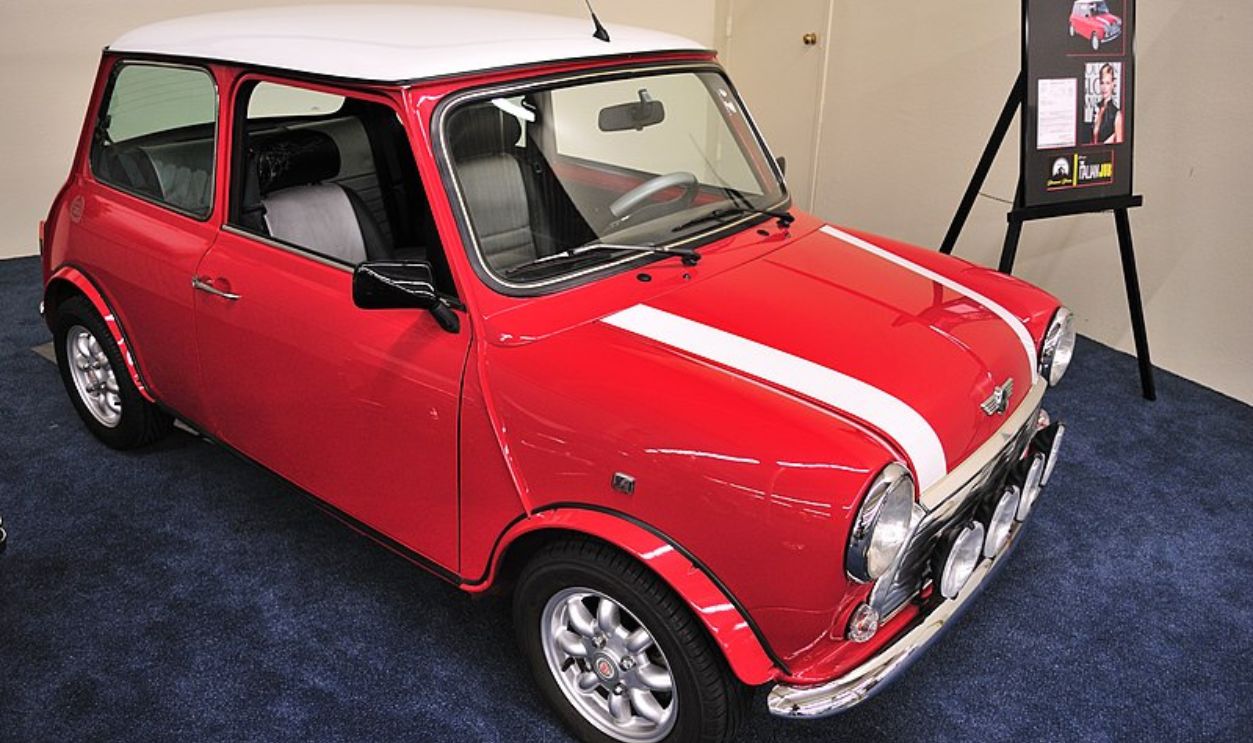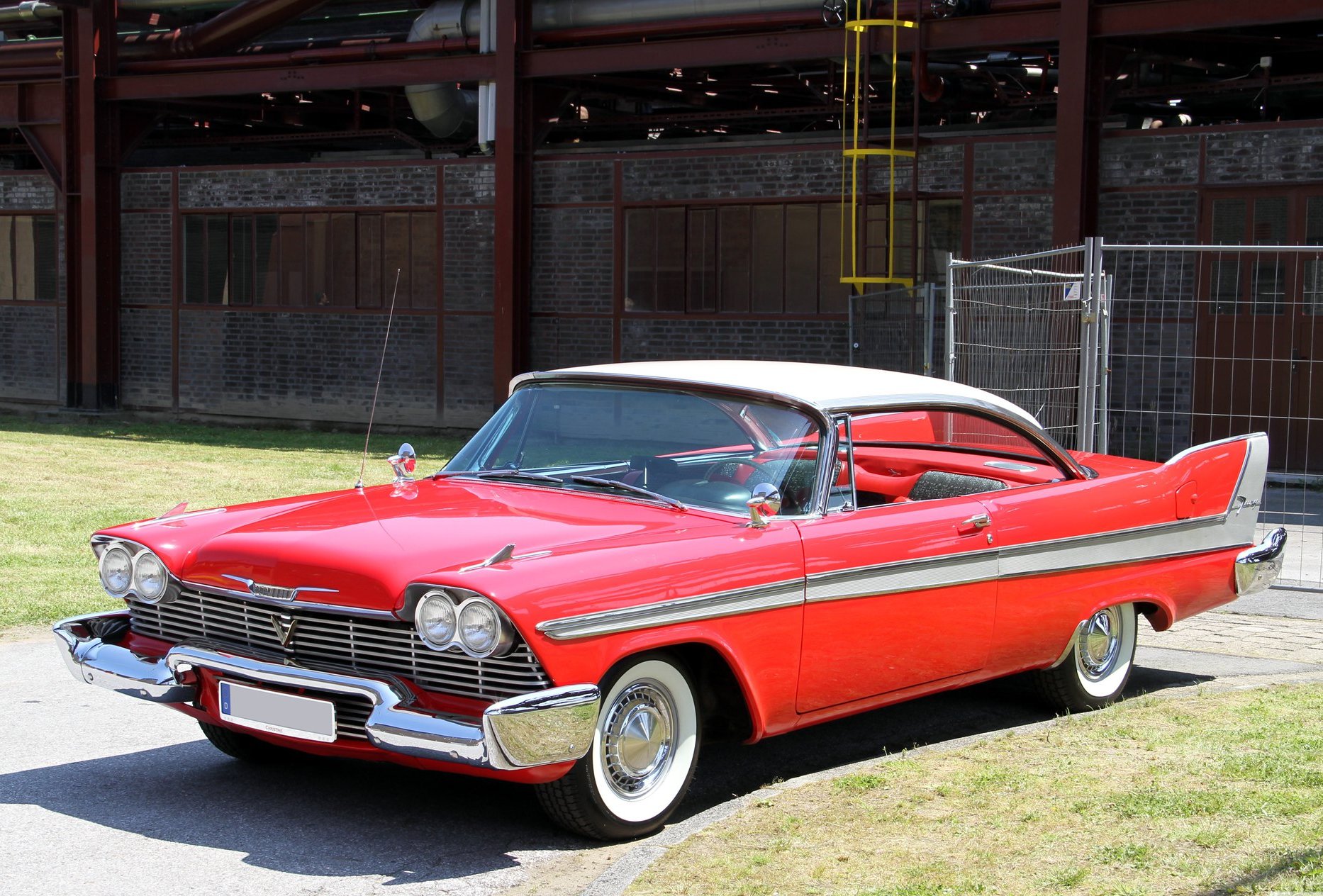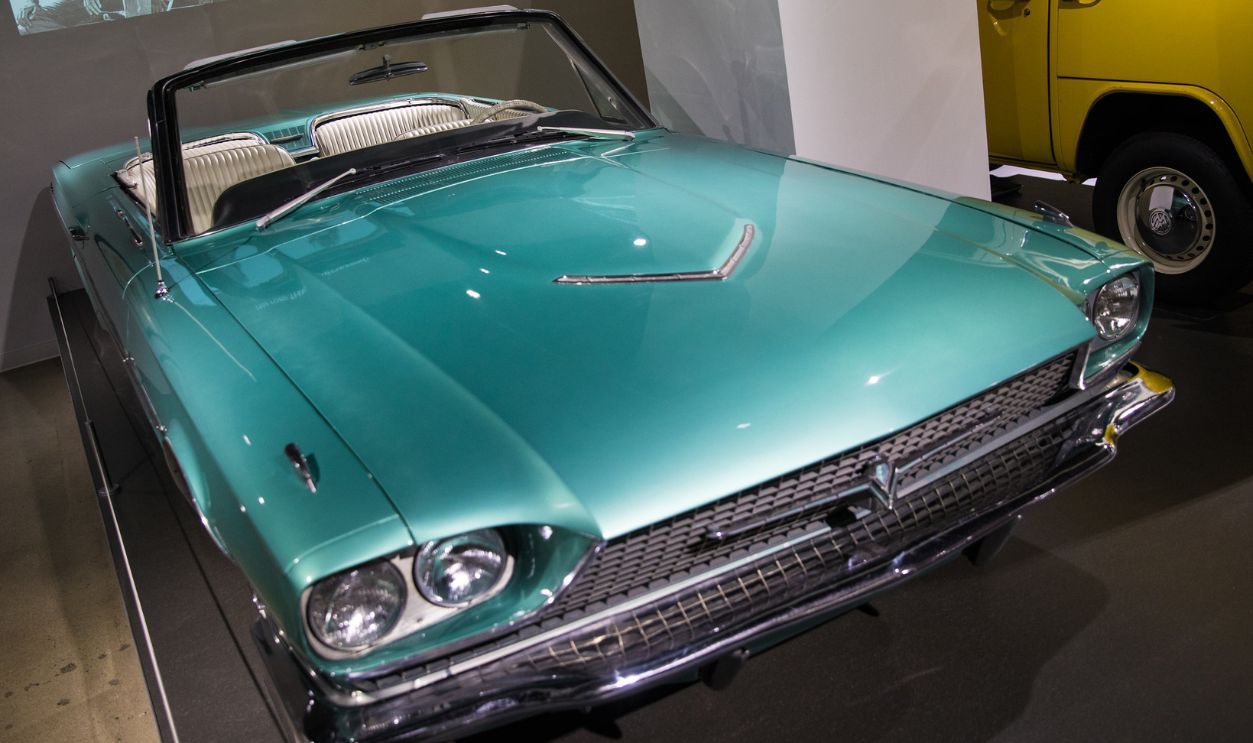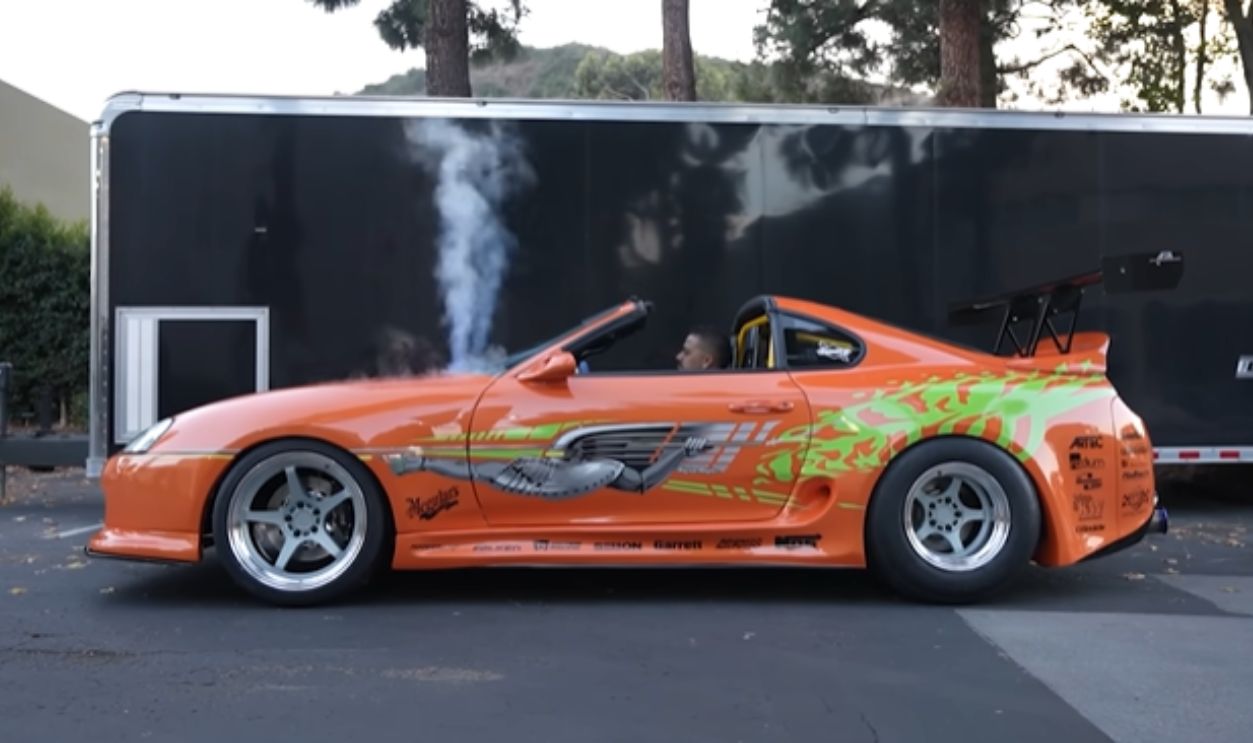Car Movie Stars
What makes a movie or series cooler is a car that steals the spotlight! Ride along with us as we cruise through cinema history's most iconic rides—each with a story as thrilling as the films they starred in.
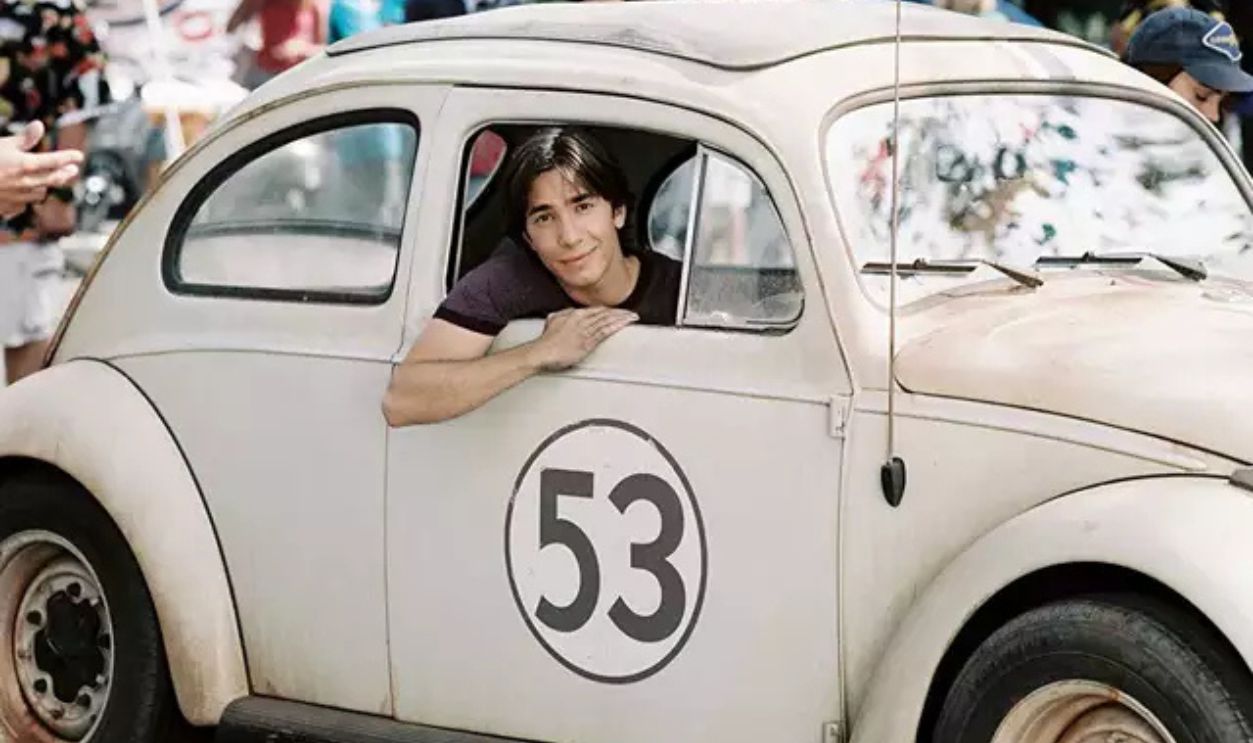
The 1964 Aston Martin DB5
The Aston Martin DB5, introduced in Goldfinger, redefined spy gadgets with its ejector seat, rotating license plates, and hidden weaponry. Bond's use of the DB5 cemented its place in cinematic history, and it effortlessly blended sophistication and danger in equal measure.
DB5's State-Of-The-Art Features
Under the hood, the DB5 housed a 282 hp producing 4.0-liter inline-six engine that reaches a top speed of 145 mph. The film car was modified with Q-branch gadgets. These included bulletproof glass and oil slick dispensers. These features made it as iconic as Bond himself.
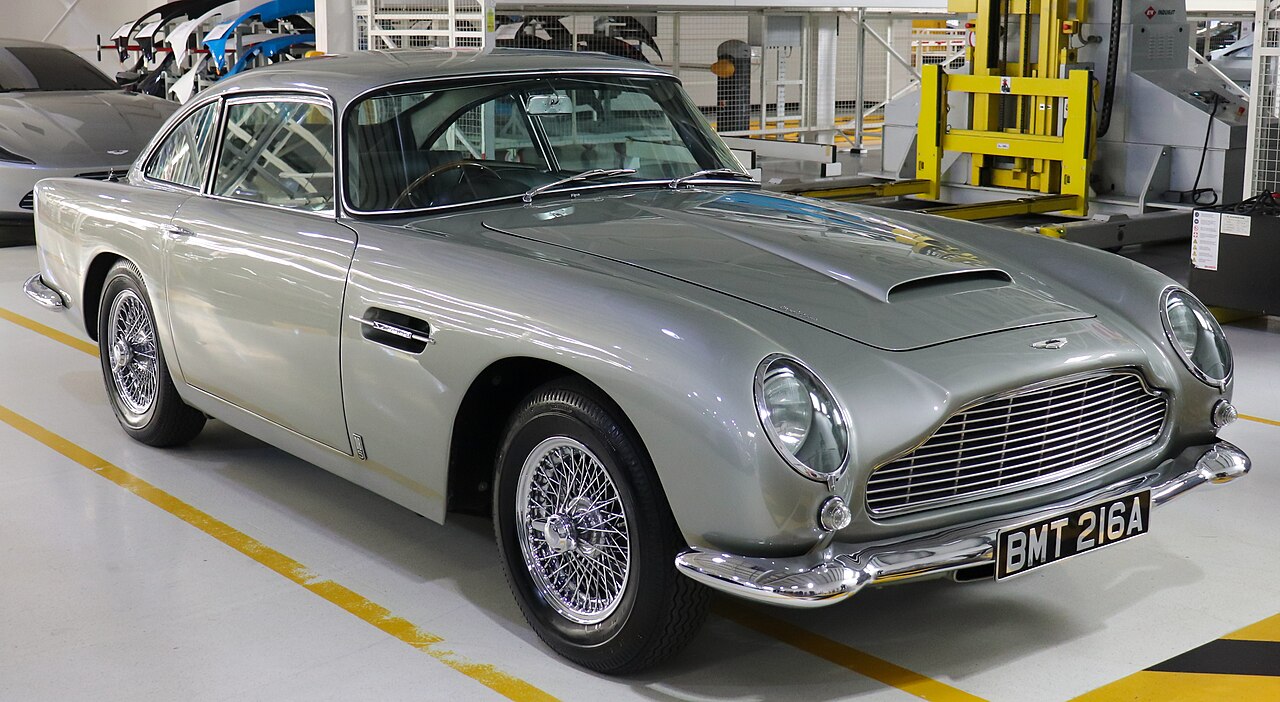 Vauxford, CC BY-SA 4.0, Wikimedia Commons
Vauxford, CC BY-SA 4.0, Wikimedia Commons
The 1970 Dodge Charger R/T
Dominic Toretto's Charger in The Fast and the Furious became the personification of family, power, and loyalty. Its V8 growl in the final drag race against Brian is unforgettable. Here is why: At the start of the race, the Charger performs an incredible wheelie—when one set of wheels goes airborne.
 Reinhold Möller, CC BY-SA 4.0, Wikimedia Commons
Reinhold Möller, CC BY-SA 4.0, Wikimedia Commons
Charger's High-Octane Specs
This classic muscle car carried a supercharged 7.2-liter HEMI V8 engine, which gave out over 900 horsepower for the film. The massive blower protruding from the hood was a nod to street racing culture. Reinforced frames and roll cages ensured safety during the car's flips and stunts.
 Jeremy, CC BY 2.0, Wikimedia Commons
Jeremy, CC BY 2.0, Wikimedia Commons
The 1981 DeLorean DMC-12
Marty McFly's DeLorean was a car that could move through time. Its design gave it a futuristic appeal perfect for Doc Brown's wild experiments. Like that one time when Marty uses it to return to 1985 by harnessing the energy of a lightning strike at the Hill Valley Clock Tower.
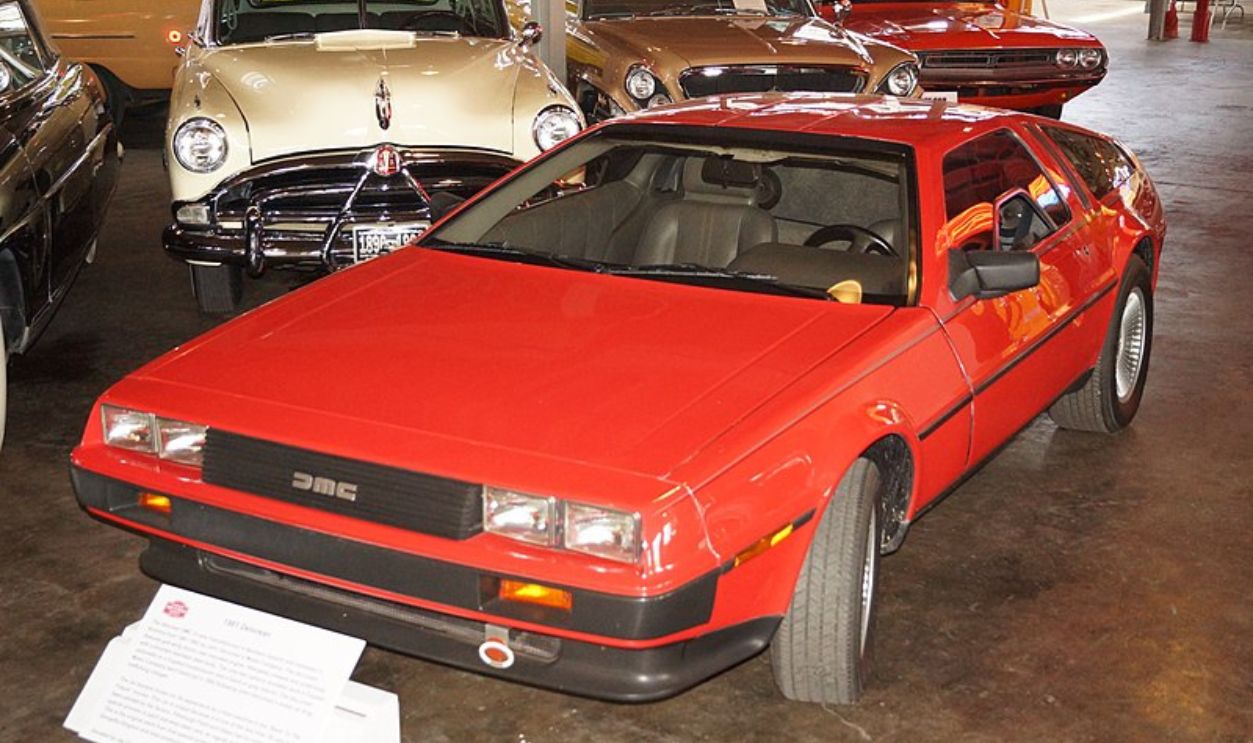 Greg Gjerdingen, CC BY 2.0, Wikimedia Commons
Greg Gjerdingen, CC BY 2.0, Wikimedia Commons
DeLorean's Temporal Engineering
The Back to the Future DeLorean's 2.85-liter V6 engine in real life wasn't powerful, but for the movie, the Flux Capacitor made it iconic. Special effects added glowing lights and reactor props that created a believable time-travel machine. These upgrades transformed a niche vehicle into a pop culture phenomenon.
The 1969 Dodge Charger
In The Dukes of Hazzard, General Lee, with their Confederate flag roof and horn playing the first 12 notes of "Dixie", became a symbol of Southern rebellion. But why was it actually famous? Well, first, the bright orange color and the unmissable 01 numerals on its side. Second reason?
Charger's Stunt-Ready Modifications
That has to be its ability to execute perfect high jumps and stunts. This was thanks to its 440 Magnum V8 engine and that the filmmakers used reinforced suspensions for its high-flying jumps. They also added a roll cage for driver safety. Over 300 Chargers were used during the show's production.
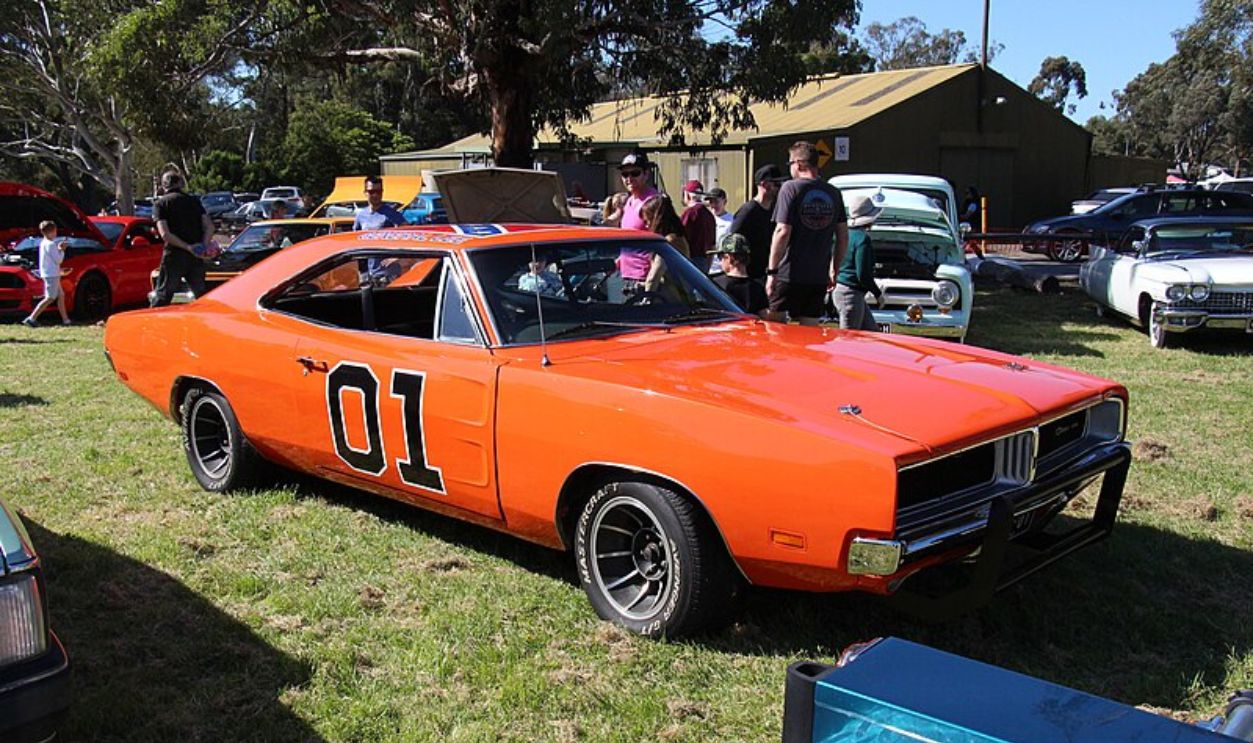 Sicnag, CC BY 2.0, Wikimedia Commons
Sicnag, CC BY 2.0, Wikimedia Commons
The 1961 Ferrari 250 GT California
Cameron Frye's dad's Ferrari in Ferris Bueller's Day Off was the ultimate teenage dream car. The convertible feature had to be for teens back then. Ferris, Cameron, and Sloane taking the Ferrari for a joyride without permission signifies the ultimate teenage fantasy of breaking free from rules and responsibilities. YOLO!
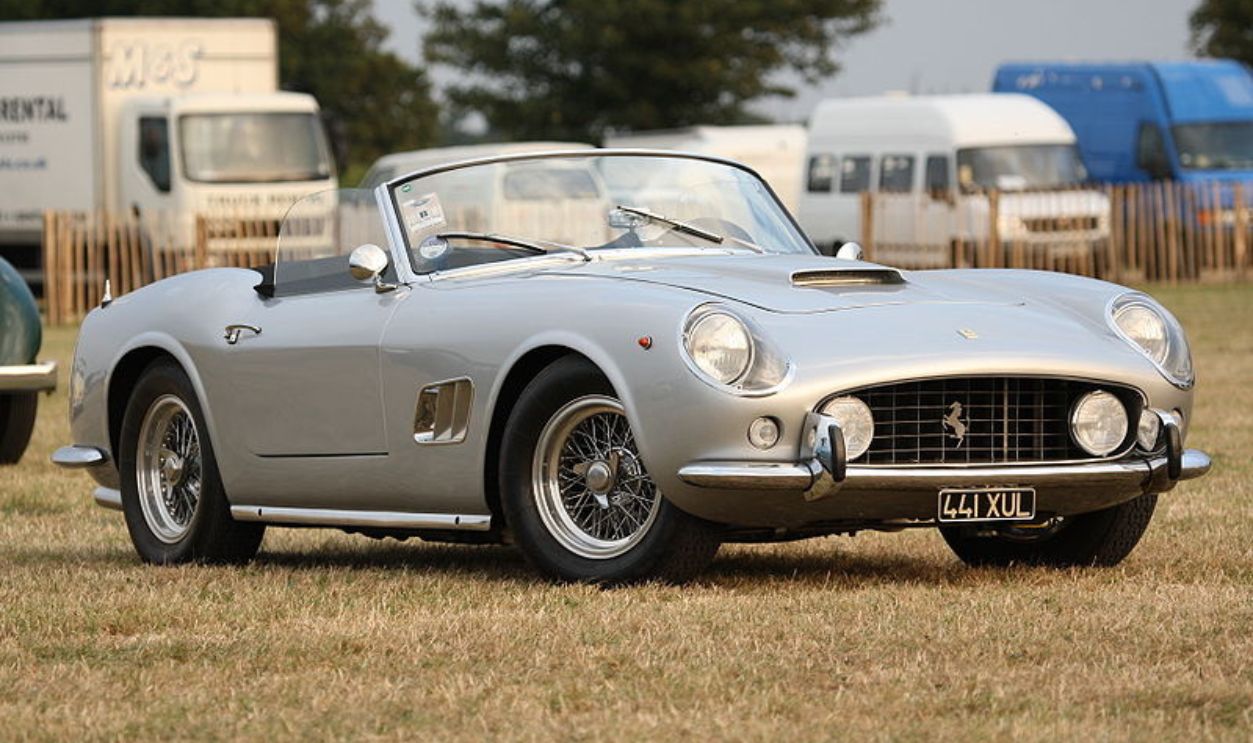 richebets, CC BY 2.0, Wikimedia Commons
richebets, CC BY 2.0, Wikimedia Commons
Ferrari's Priceless Details
This classic featured a 3.0-liter V12 engine capable of 240 horsepower. The filmmakers used a replica for most scenes just to preserve the value of the original (costing millions today). Its elegant curves and bright red finish underscored the carefree luxury of Ferris's day off.
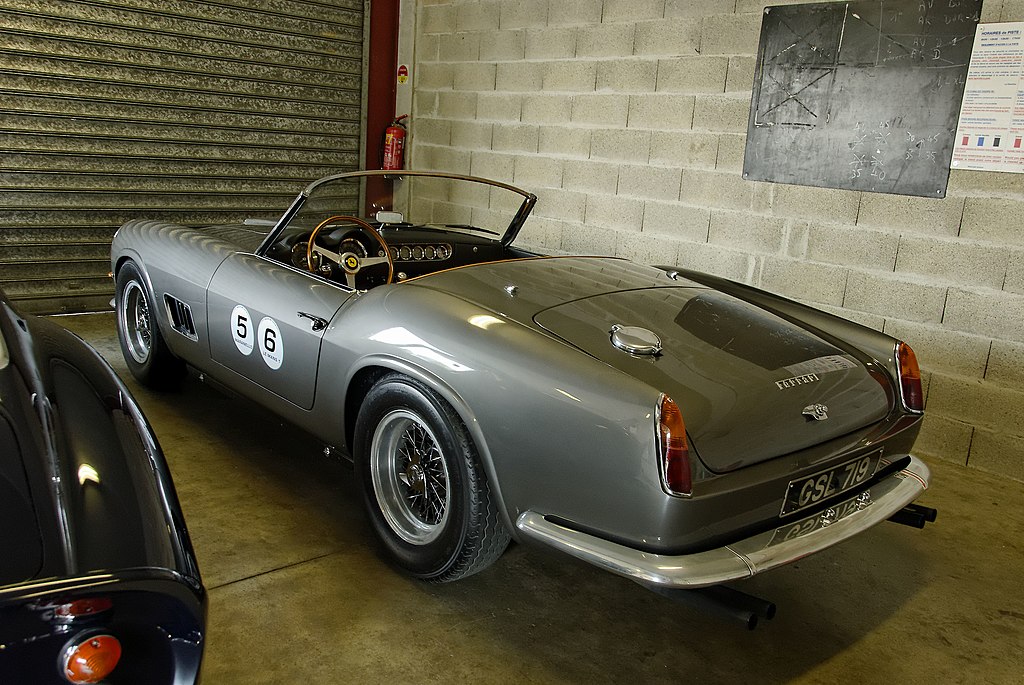 ZANTAFIO56, CC BY-SA 2.0, Wikimedia Commons
ZANTAFIO56, CC BY-SA 2.0, Wikimedia Commons
The 1976 Ford Gran Torino
Starsky & Hutch's bright red Gran Torino with its white stripe became synonymous with buddy cop action. This ride basically was their unofficial third partner. One of the film's most thrilling scenes was a high-speed car chase with the Gran Torino; the pair used its agility to evade Feldman's henchmen.
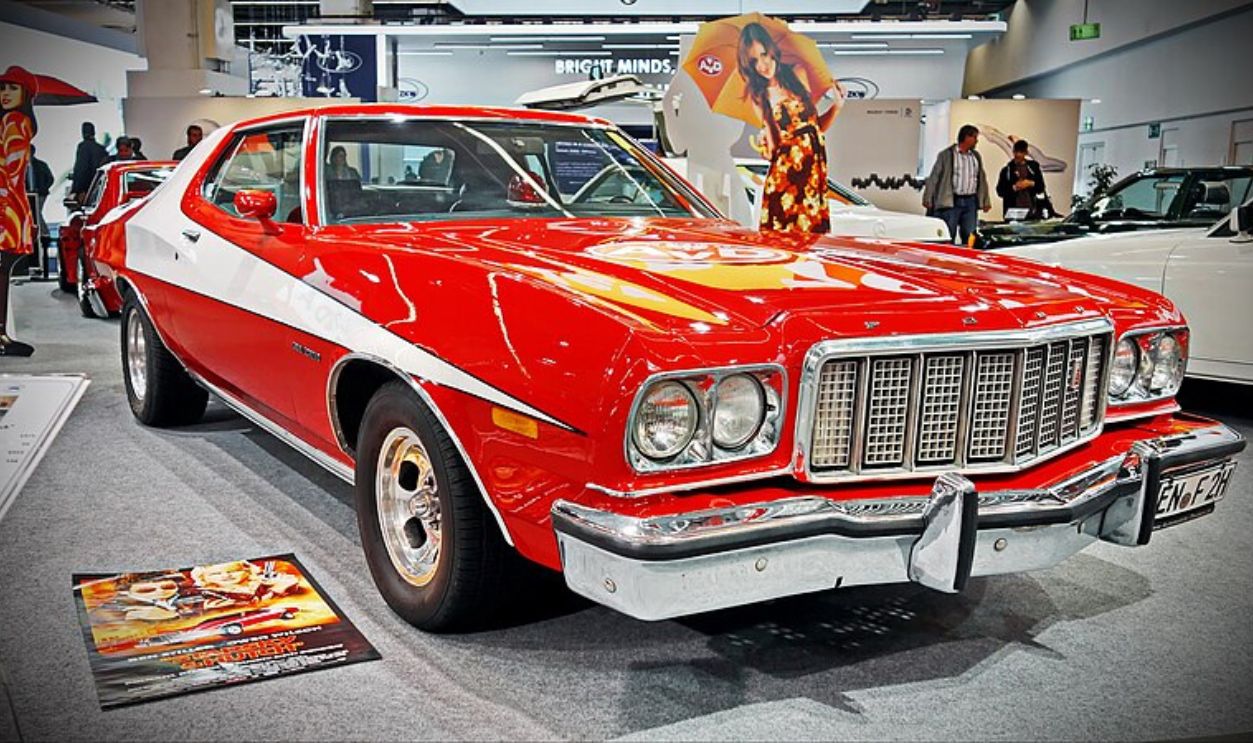 More Cars, CC BY 2.0, Wikimedia Commons
More Cars, CC BY 2.0, Wikimedia Commons
Torino's Unique TV Alterations
Powered by a 5.8-liter V8 engine, the Torino balanced muscle and agility. Modifications included custom tires for high-speed chases and a flashy red and white paint job that made it instantly recognizable. This car was as much a star as the actors themselves.
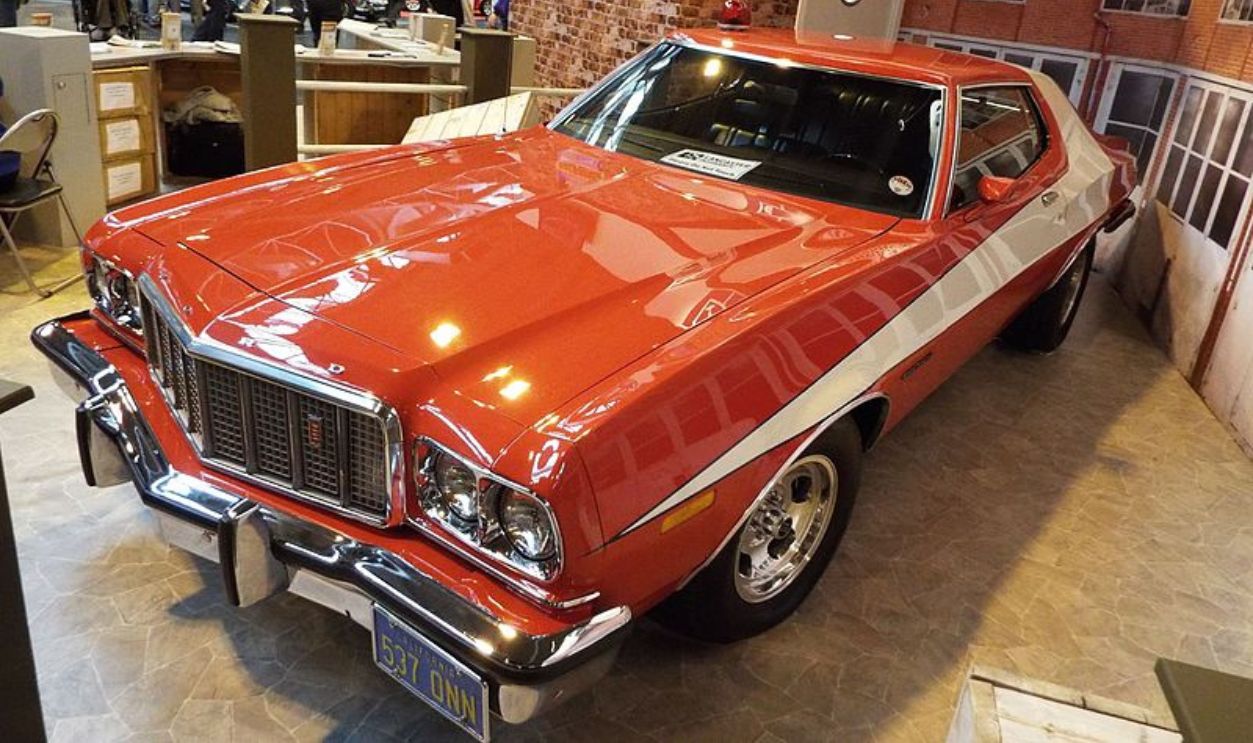 Thomas's Pics, CC BY 2.0, Wikimedia Commons
Thomas's Pics, CC BY 2.0, Wikimedia Commons
The 1963 Volkswagen Beetle
Herbie, the anthropomorphic Beetle from the Herbie film series, charmed audiences with its playful personality and racing skills. This underdog car donning the numeral 53 on its hood and doors proved that heart can trump horsepower. Here is just how Herbie made skid marks in cinema history at the final race.
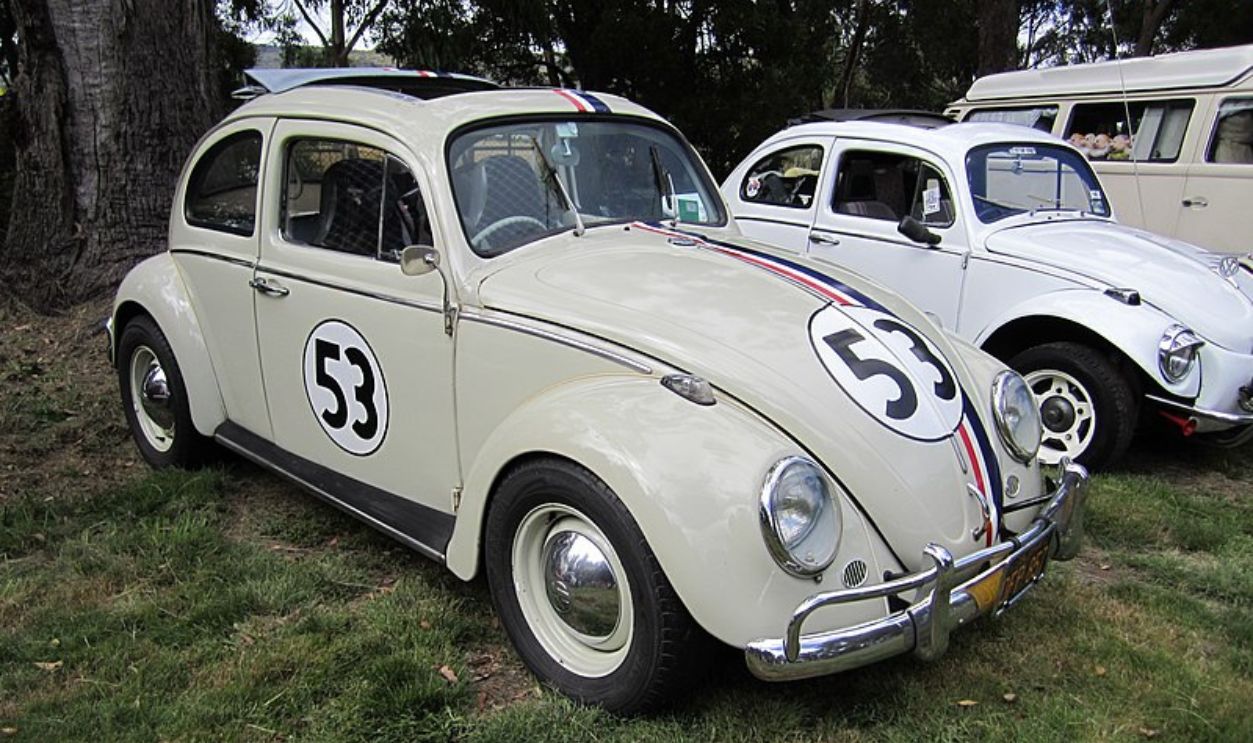 Sicnag, CC BY 2.0, Wikimedia Commons
Sicnag, CC BY 2.0, Wikimedia Commons
Herbie's Moment Of Shine
The Beetle started the race rather scrappy; winning was unthought of. At one point, Herbie split into two due to a crash. Each half continues racing. In a dramatic turn of events, the two halves of Herbie work together to cross the finish line, rejoining just before they reach it.
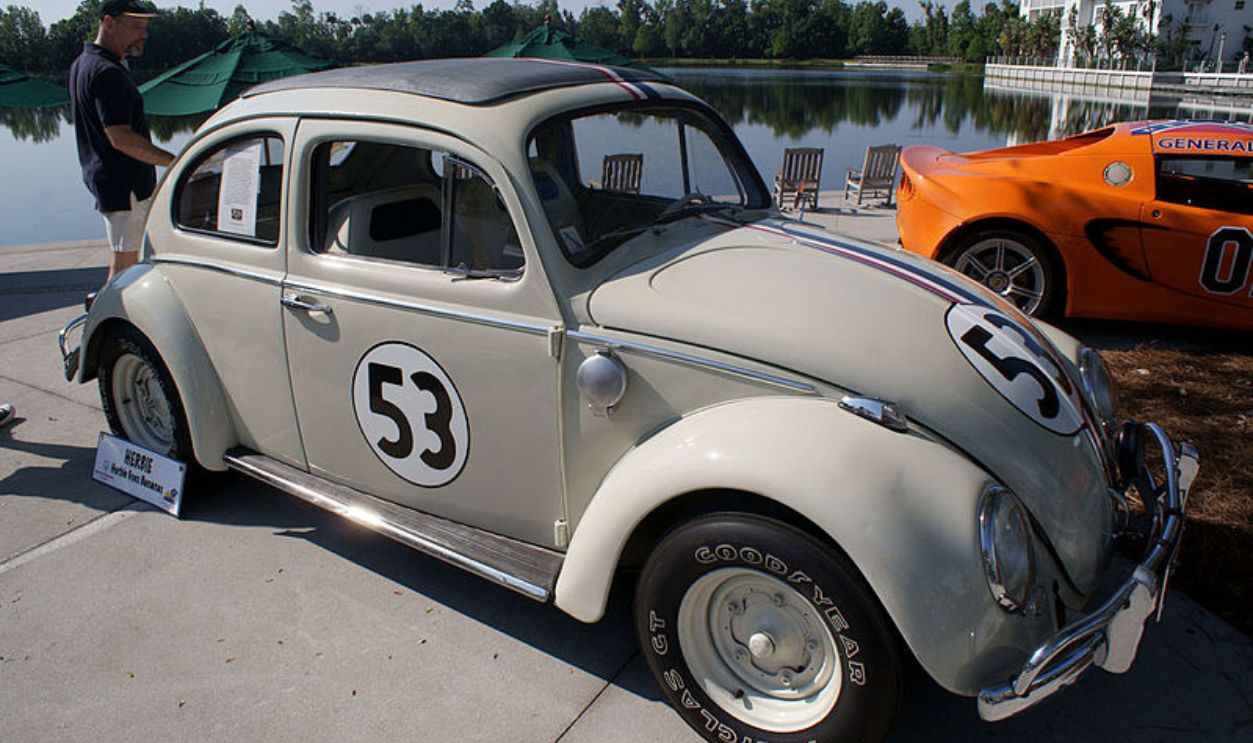 Valder137, CC BY 2.0, Wikimedia Commons
Valder137, CC BY 2.0, Wikimedia Commons
The 1968 Mustang GT Fastback
Steve McQueen's Mustang in Bullitt delivered one of the most thrilling car chases ever filmed. The setting is in the hilly streets of San Francisco where Steve McQueen (Lieutenant Frank) drives a Highland Green 1968 Ford Mustang GT 390. The villain; a black 1968 Dodge Charger R/T 440.
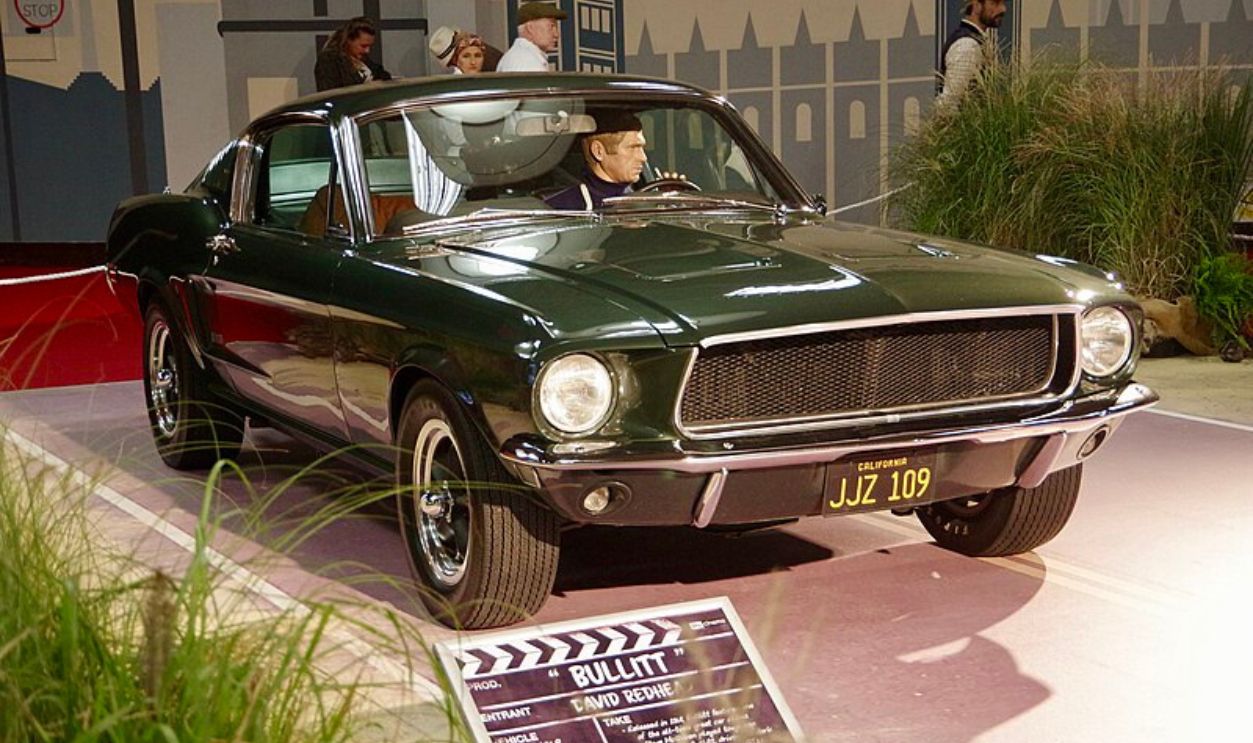 David Merrett, CC BY 2.0, Wikimedia Commons
David Merrett, CC BY 2.0, Wikimedia Commons
Mustang's Chase-Ready Upgrades
The Fastback packed a 390 cubic-inch V8 engine generating 325 horsepower. For the movie, suspension tweaks and reinforced shocks allowed for hard landings during the chase. At the very end, the Dodge Charger crashes and explodes after a series of intense maneuvers.
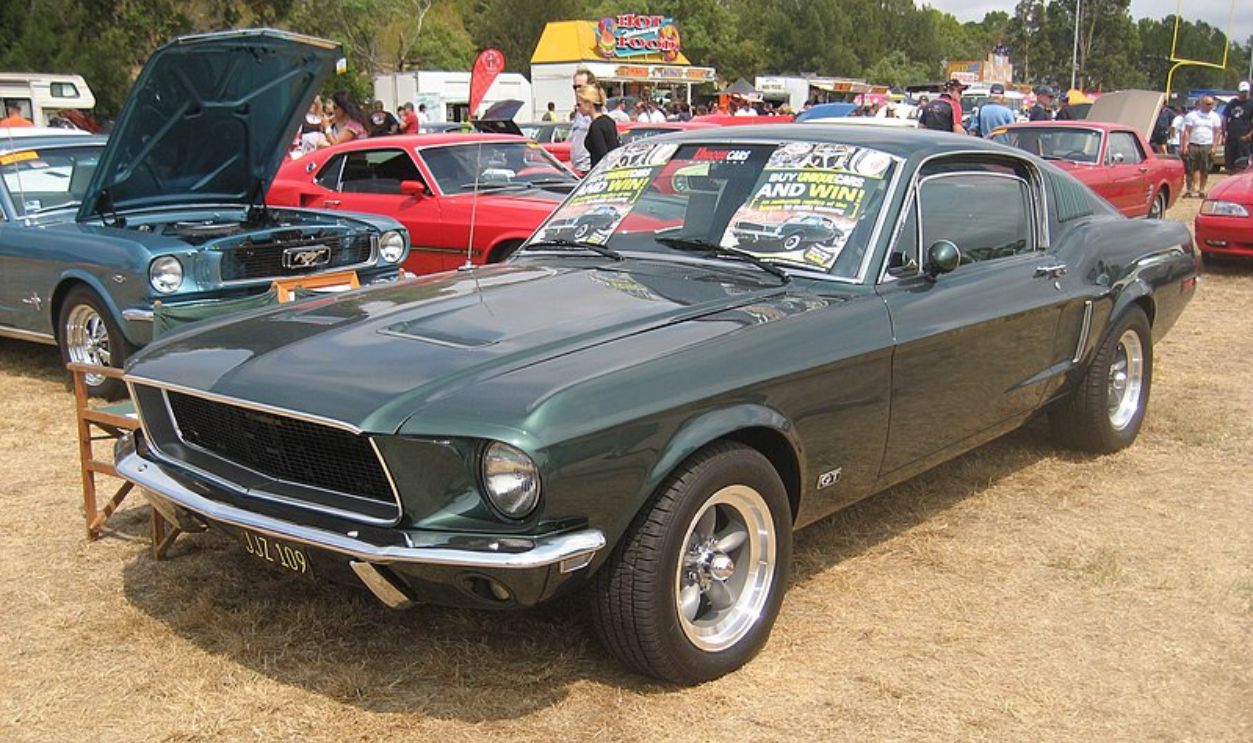 Sicnag, CC BY 2.0, Wikimedia Commons
Sicnag, CC BY 2.0, Wikimedia Commons
The 1973 XB Falcon GT
Mad Max's Interceptor, also called the Pursuit Special, was a beast on wheels in a dystopian wasteland. Its blacked-out look and supercharger made it as iconic as the franchise itself. If you are to give the people authentic apocalyptic, the cars also have to be well modified for that picture.
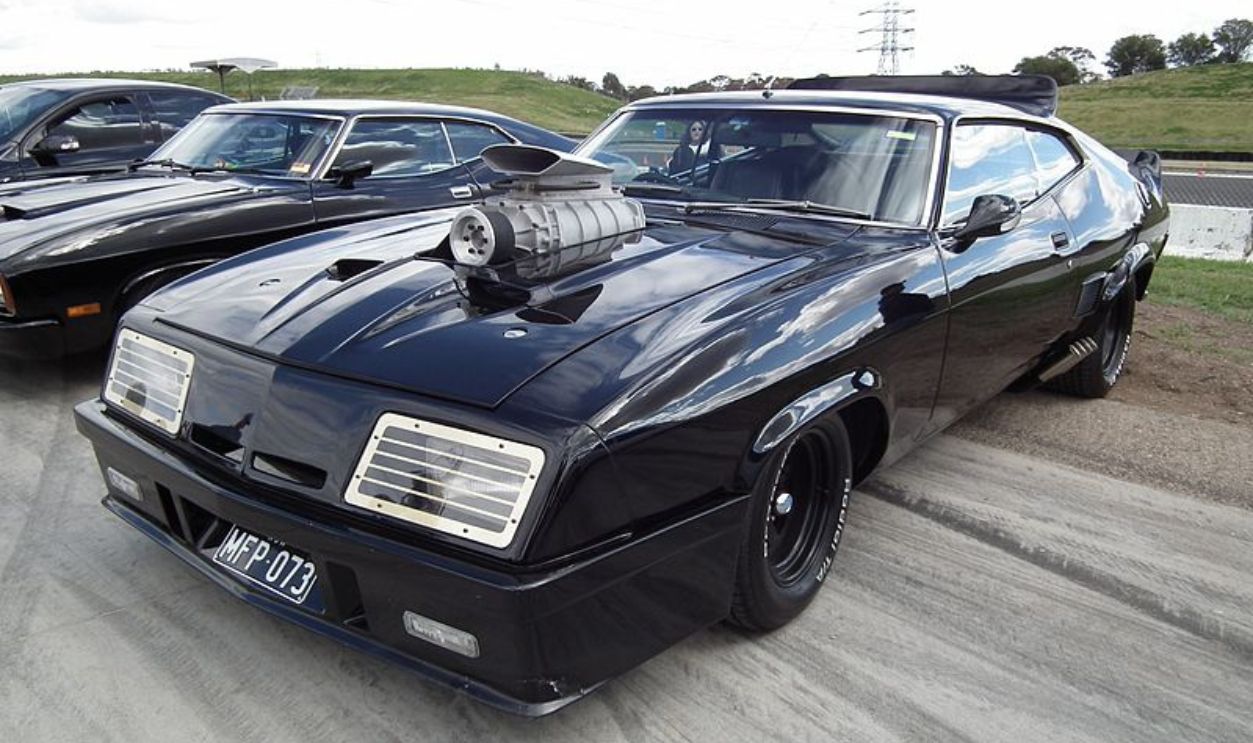 sv1ambo, CC BY 2.0, Wikimedia Commons
sv1ambo, CC BY 2.0, Wikimedia Commons
Falcon's Post-Apocalyptic Enhancements
The team working on the ride built a real XB Falcon chassis and the Interceptor had a 351 Cleveland V8 engine modified for extreme stunts. The giant fake supercharger added visual impact, and the added fuel tanks meant the car could be driven for extra long desert excursions.
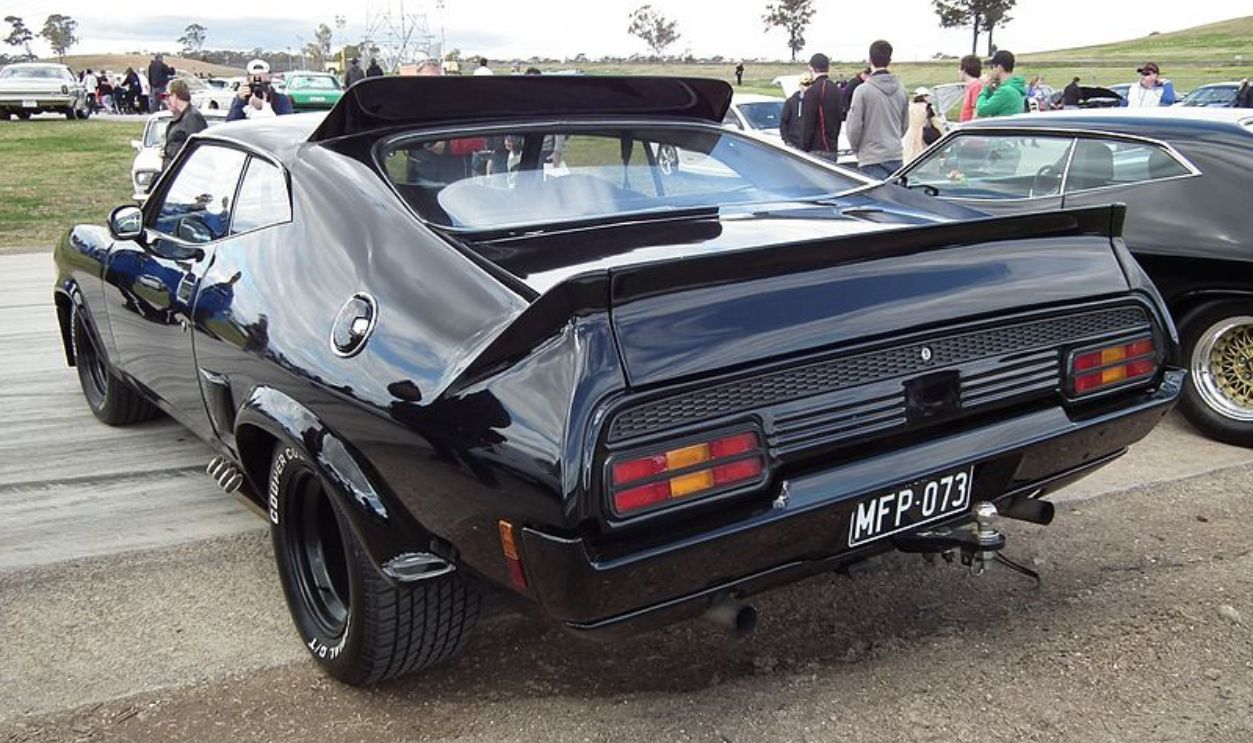 sv1ambo, CC BY 2.0, Wikimedia Commons
sv1ambo, CC BY 2.0, Wikimedia Commons
The 1967 Chevrolet Impala
Dean Winchester's 1967 Impala "Baby" in Supernatural was a car that simply became family. With a rumbling V8, it carried the brothers through countless battles against the supernatural without any visible damage. This car was seen from the very beginning of the series to the end.
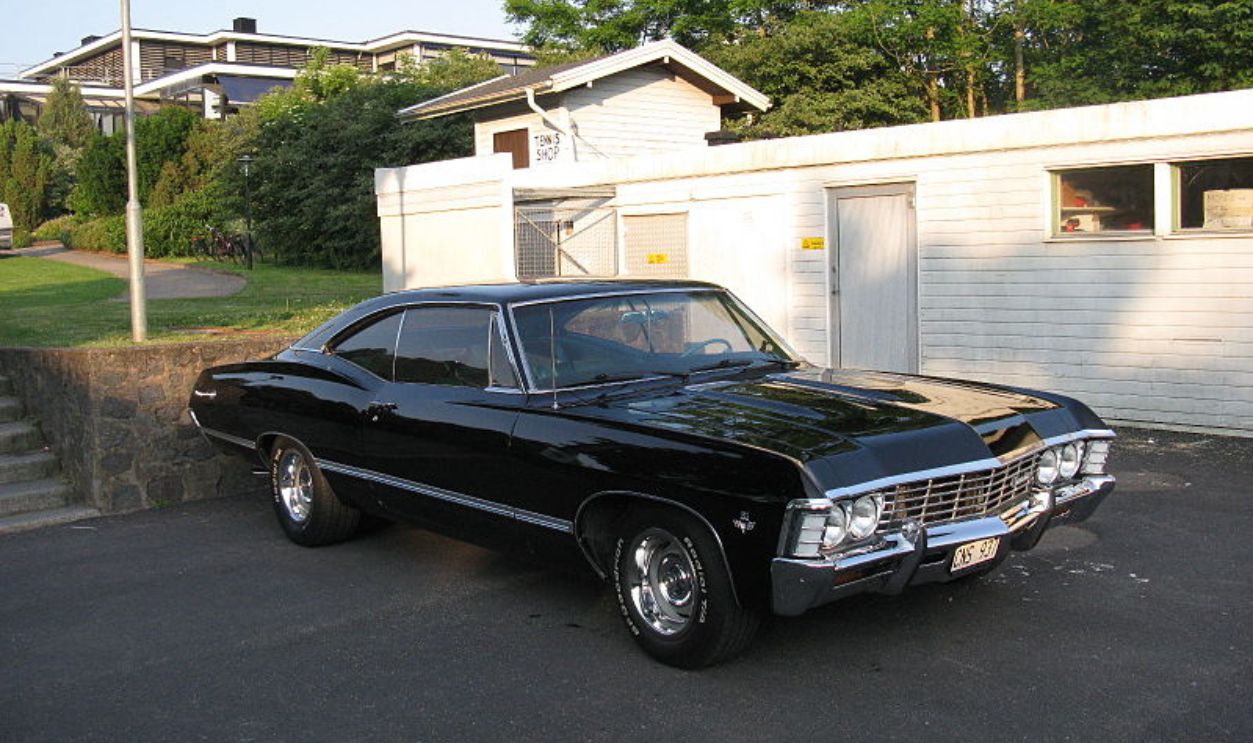 nakhon100, CC BY 2.0, Wikimedia Commons
nakhon100, CC BY 2.0, Wikimedia Commons
Baby's Supernatural Soul
"The baby" was actually the name Dean called his car. It featured a 327 V8 engine, giving it muscle car appeal. Filmmakers outfitted the trunk with demon-hunting tools, from salt to holy water. Its classic black paint and chrome accents gave it an ominous yet endearing vibe.
 Sicnag, CC BY 2.0, Wikimedia Commons
Sicnag, CC BY 2.0, Wikimedia Commons
The 1968 Mini Cooper
An authentic Italian movie has to use cars native to its European people, and so the Mini Coopers in The Italian Job was the definition of precision and charm that fit the scenery. These small cars were exceptional at executing incredible heists and daring stunts through narrow streets.
Mini Cooper's Heist Prep
Powered by a 1.3-liter engine, the Minis were nimble and efficient. However, as expected, pre-film adjustments are a must. Therefore, for the film, reinforced suspensions, and rally tires allowed high-speed maneuvering. Their red, white, and blue paint jobs added patriotic flair to the thrilling capers.
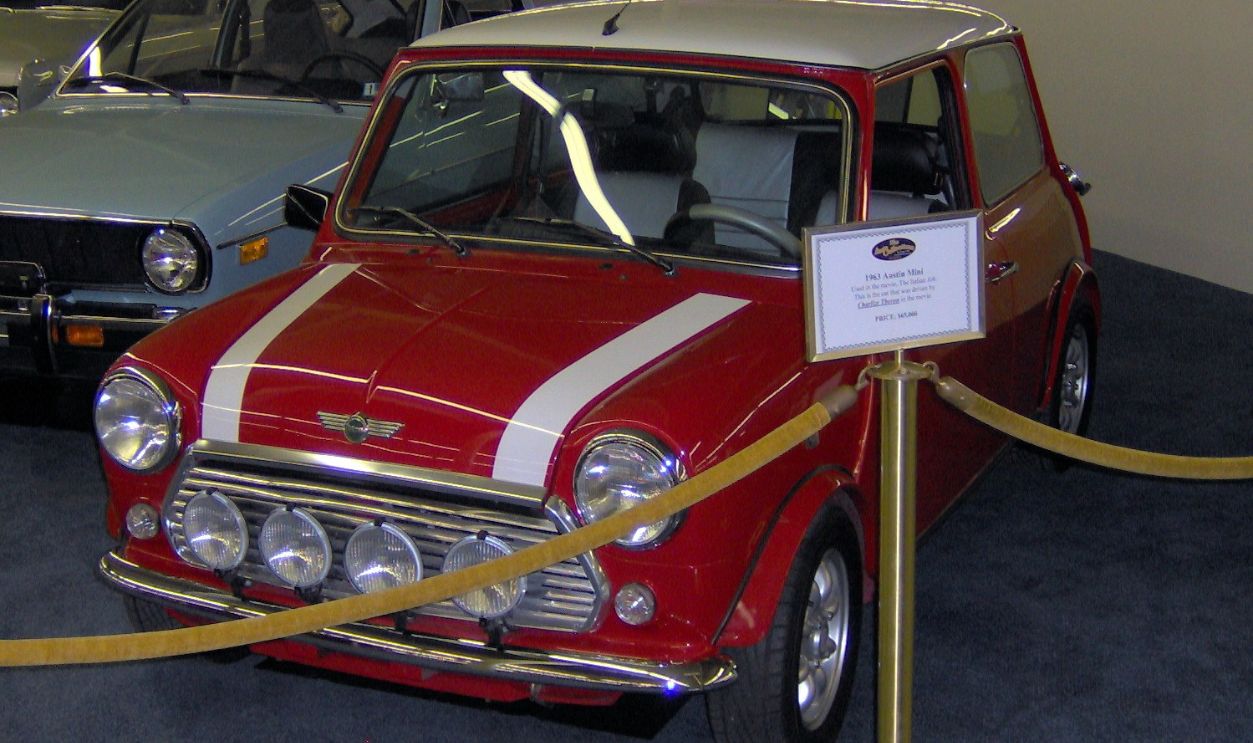 Stephen Foskett, CC BY-SA 3.0, Wikimedia Commons
Stephen Foskett, CC BY-SA 3.0, Wikimedia Commons
The 1958 Plymouth Fury
In Stephen King's Christine, this car is beyond mean: it is evil. Christine, the sentient Fury, turned from showroom beauty to a terrifying killer. The car seemingly has a soul of its own, evidenced by a factory worker's death while sitting in it.
Fury's Sinister Missions
Christine's 5.7-liter V8 car was bought by a high school student named Arnie Cunningham, who becomes obsessively attached to Christine. As he restores her, Arnie's personality changes, becoming more aggressive and isolated. She could also self-heal after damage and self-drive herself.
The 2008 Audi R8
Tony Stark's Audi R8 in Iron Man was an extension of his personality. How cool! With a 4.2-liter V8 engine delivering 420 horsepower, this sleek machine screamed innovation and luxury. Its debut marked a new era for Audi as a symbol of futuristic elegance.
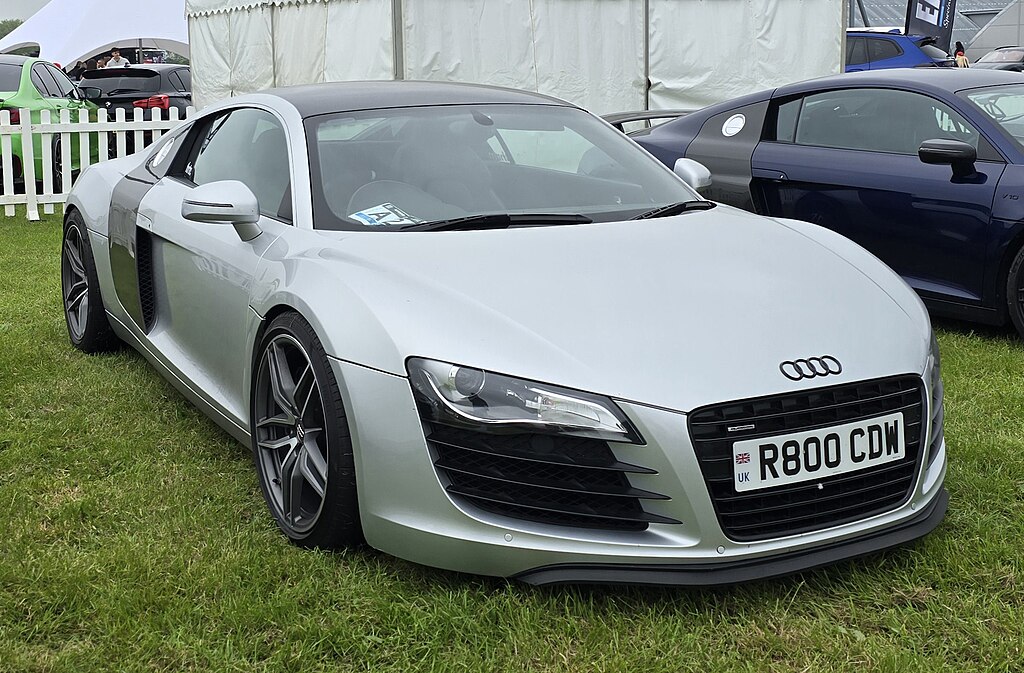 Calreyn88, CC BY-SA 4.0, Wikimedia Commons
Calreyn88, CC BY-SA 4.0, Wikimedia Commons
R8's Perfect Movie Fit
The R8 was chosen for its seamless blend of performance and sophistication. Its Quattro all-wheel-drive system allowed effortless handling, mirroring Stark's precision. Producers added subtle modifications to reflect Stark's high-tech world, including custom lighting and detailing that gave the car a futuristic edge on the screen.
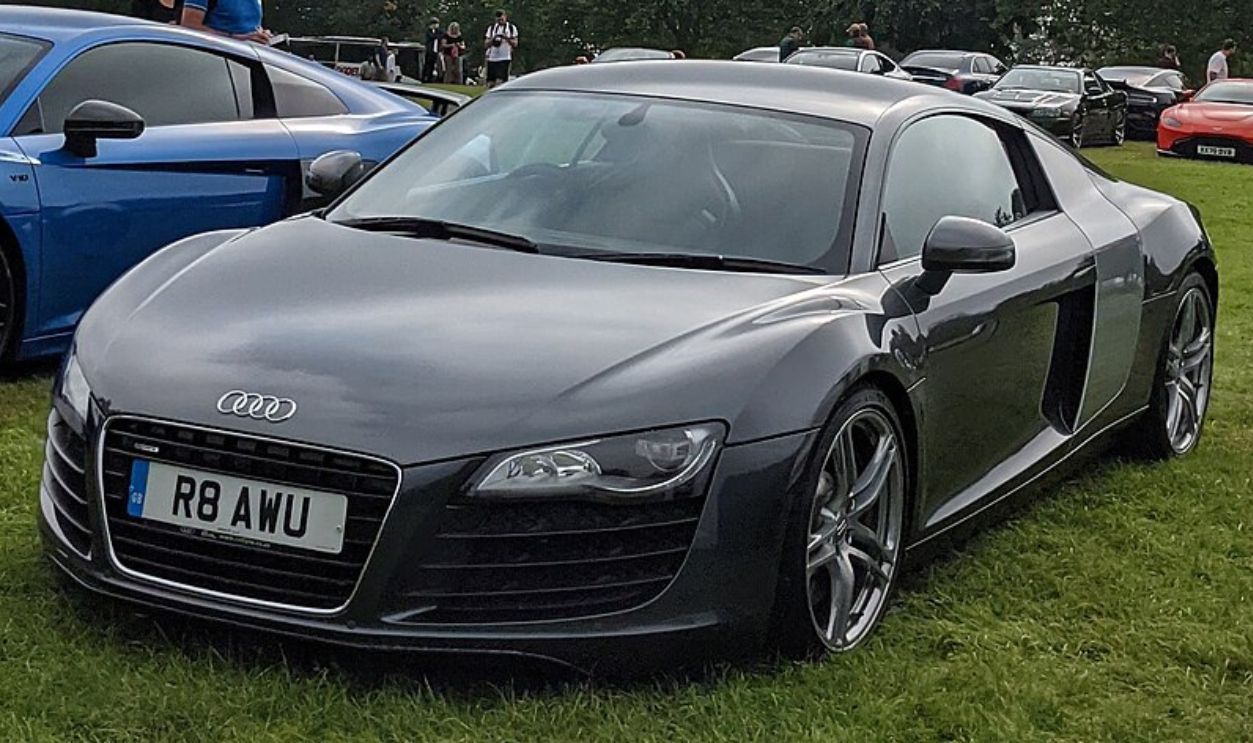 Calreyn88, CC BY-SA 4.0, Wikimedia Commons
Calreyn88, CC BY-SA 4.0, Wikimedia Commons
The 1975 Kenworth W900
Steven Spielberg's Duel introduced audiences to the terrifying Kenworth W900, a relentless truck that turned highways into battlegrounds. Its roaring diesel engine and menacing presence made it a villain as unforgettable as its human counterparts.
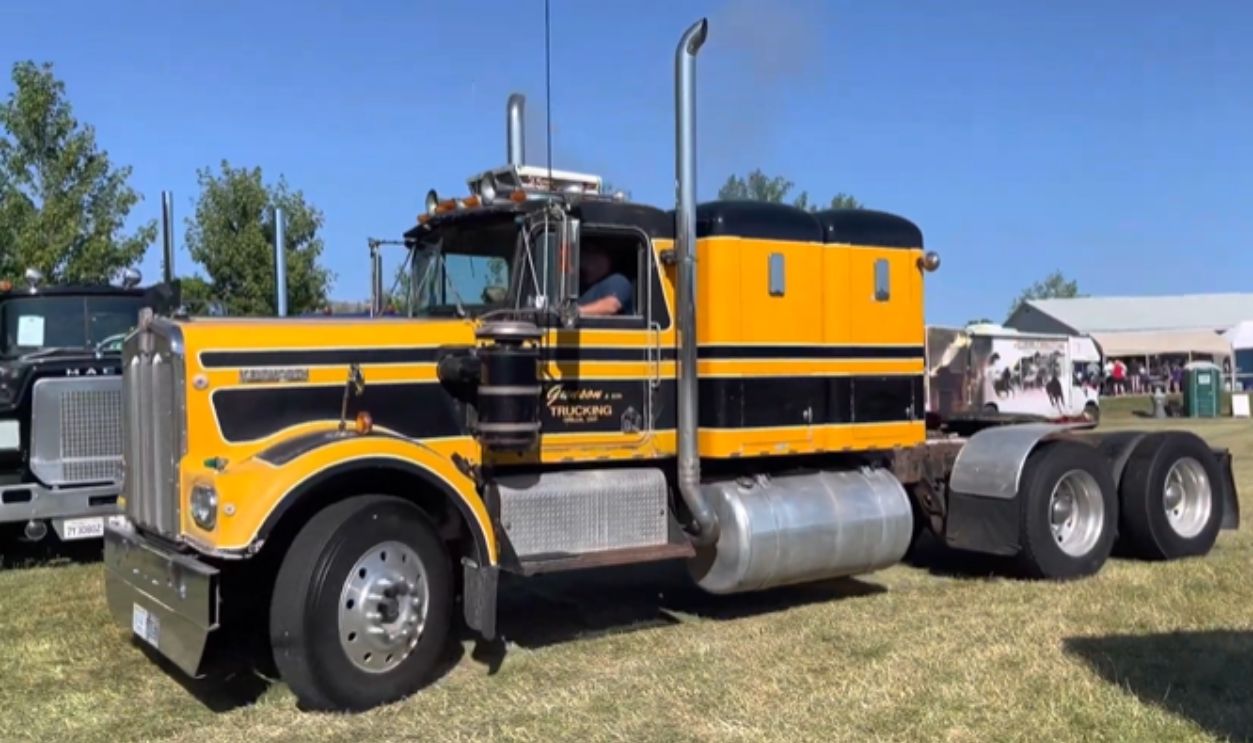 Al Gunson’s 1975 Double Bunk W900A Kenworth by Miss Flatbed Red
Al Gunson’s 1975 Double Bunk W900A Kenworth by Miss Flatbed Red
W900's Cinematic Transformation
The W900 was heavily weathered to amplify its menacing persona. Layers of dirt and grime were applied to make the truck appear more sinister and give it that authentic ruggedness. Its exhaust stack modifications and roaring engine sounds added to its character.
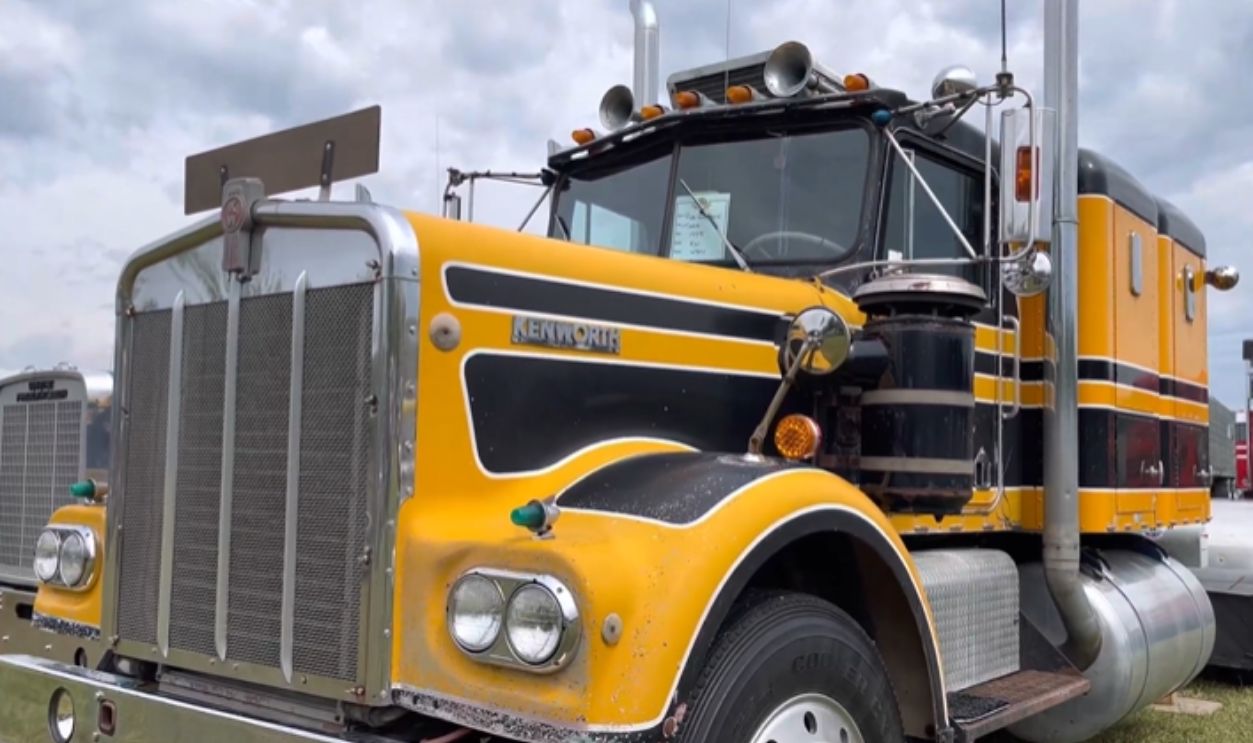 Al Gunson’s 1975 Double Bunk W900A Kenworth by Miss Flatbed Red
Al Gunson’s 1975 Double Bunk W900A Kenworth by Miss Flatbed Red
The 1966 Thunderbird
The 1966 Thunderbird in Thelma & Louise personified freedom and rebellion. This vehicle's V8 engine carried the duo on a journey of self-discovery from the very first road trip to the desperate convenience store heist. The final scene, where the car soars off a cliff, becomes a powerful cinematic moment.
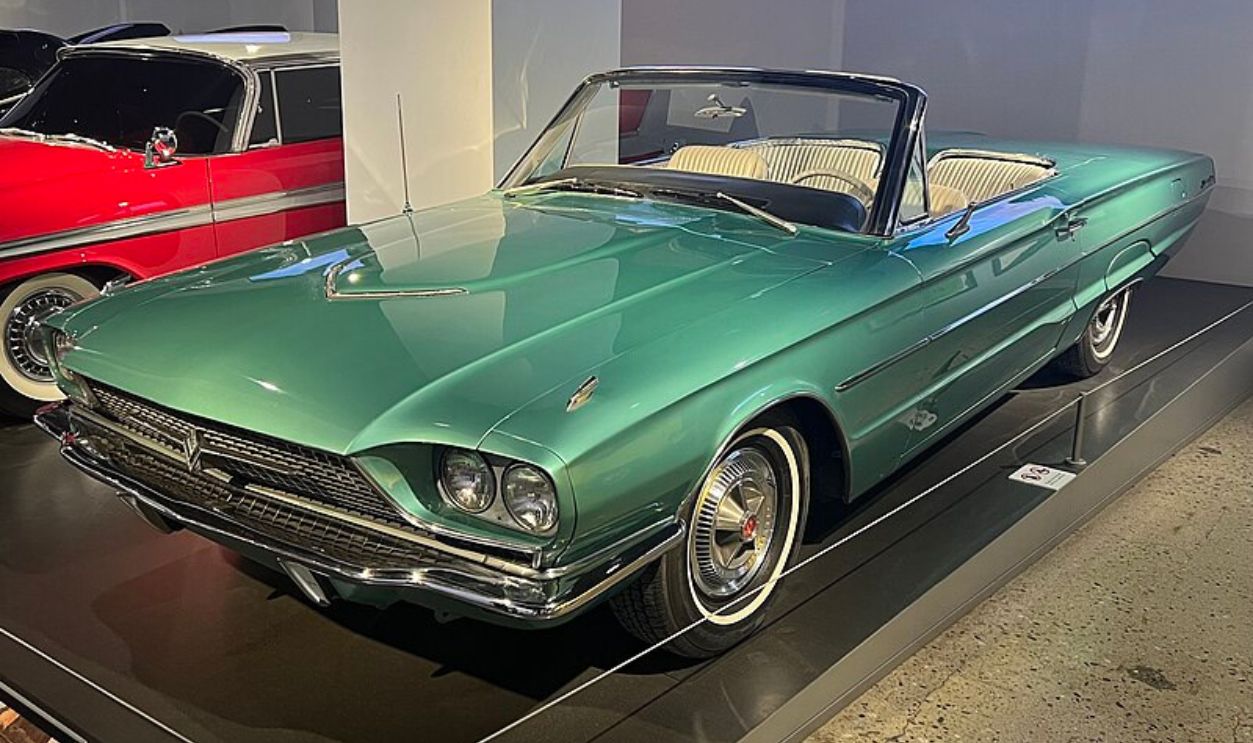 TaurusEmerald, CC BY-SA 4.0, Wikimedia Commons
TaurusEmerald, CC BY-SA 4.0, Wikimedia Commons
Custom Features Of The Thunderbird
To prepare for the stunts, multiple Thunderbirds were used, each customized for specific scenes. Reinforced suspension and safety cages ensured durability during action shots. The car's shimmering aqua paint highlighted its elegance while contrasting the gritty desert backdrop, creating a striking visual.
The 1985 Toyota Sprinter Trueno AE86
Anime fans know the AE86 as the ultimate drift car in Initial D. Its lightweight frame and perfect balance made it ideal for mountain racing. Coupled with Takumi's legendary tofu deliveries, this car became a global drift icon loved by many.
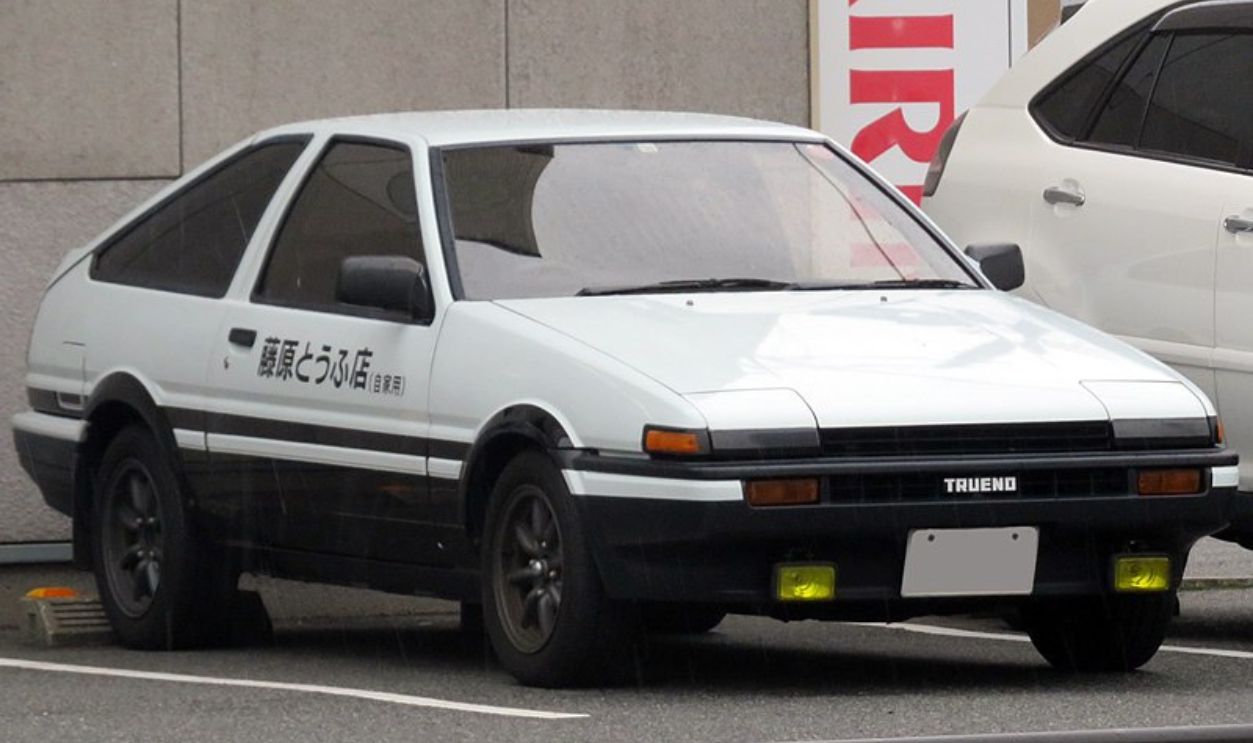 Tokumeigakarinoaoshima, CC BY-SA 4.0, Wikimedia Commons
Tokumeigakarinoaoshima, CC BY-SA 4.0, Wikimedia Commons
AE86's Unique Racing Edge
The AE86 was equipped with a 1.6-liter 4A-GE engine and it delivered power perfect for tight corners. For the anime, the car's suspension and tires were modified to enhance drifting. Its black-and-white panda paint job added iconic flair and it cemented its place as a cultural symbol of precision driving.
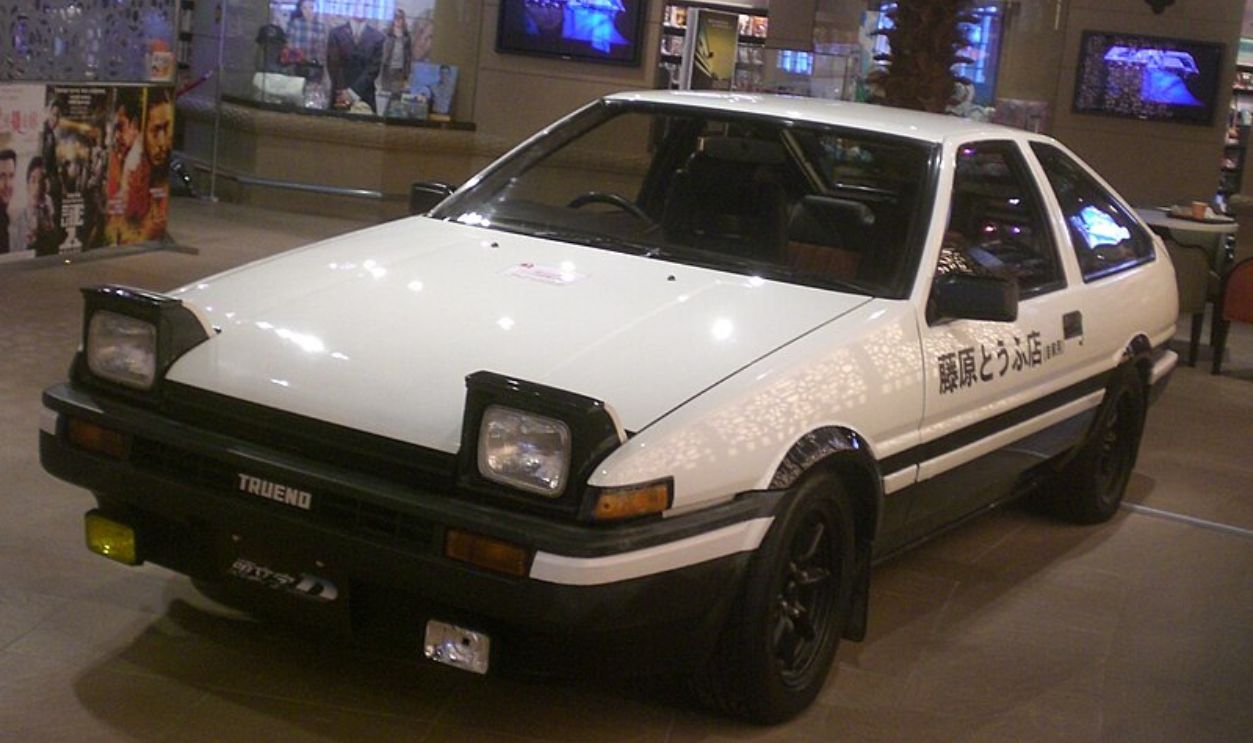 Tao280m, CC BY-SA 3.0, Wikimedia Commons
Tao280m, CC BY-SA 3.0, Wikimedia Commons
The 1989 Batmobile
Tim Burton's Batman gave us a Batmobile like no other—powered by a jet engine and armed with gadgets to truly bring out Gotham's gothic charm. The iconic silhouette and roaring afterburner became instantly recognizable. If you saw Batman, the Batmobile was around the corner.
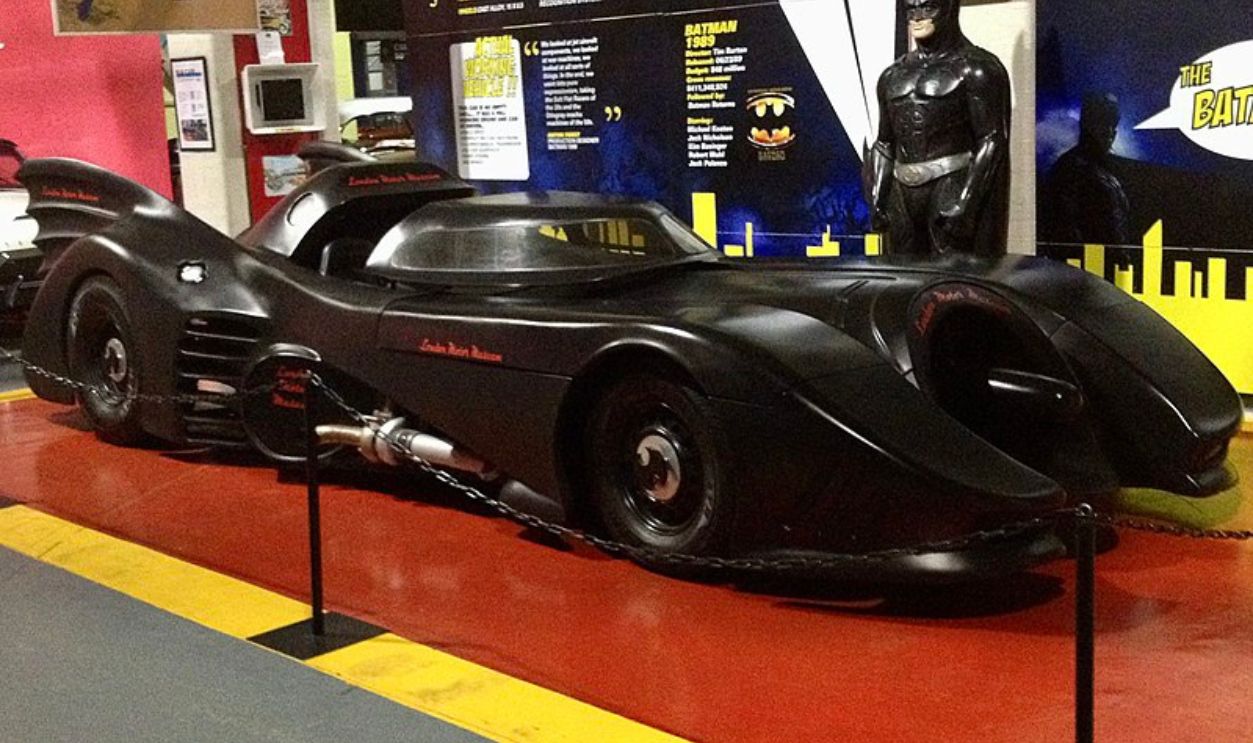 Ank Kumar, CC BY-SA 4.0, Wikimedia Commons
Ank Kumar, CC BY-SA 4.0, Wikimedia Commons
Engineering The Batmobile's Mystique
A Chevrolet Impala chassis was used to build the Batmobile, featuring a turbine engine-inspired design. Its distinctive nosecone, bat-like wings, and matte black finish exuded menace. Functional gadgets, like a grappling hook and shields, were added to bring the superhero's arsenal to life.
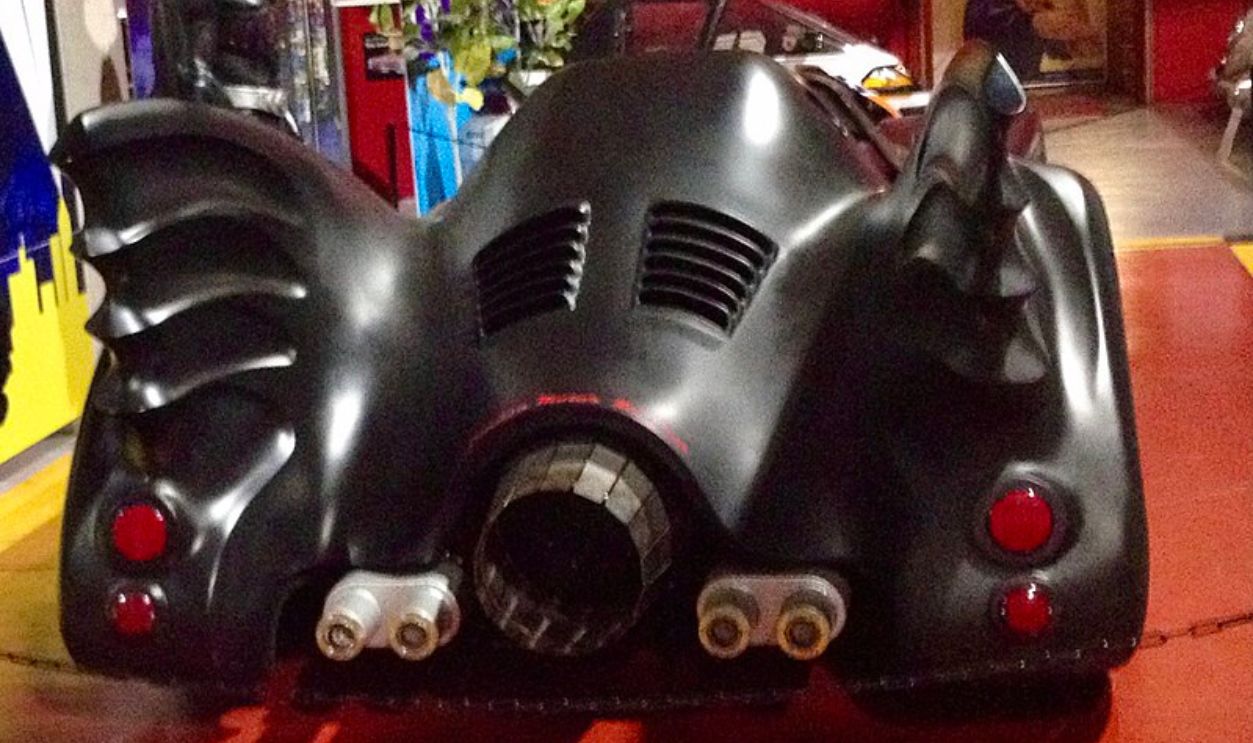 Ank Kumar, CC BY-SA 4.0, Wikimedia Commons
Ank Kumar, CC BY-SA 4.0, Wikimedia Commons
The 1962 Lotus Elan
In The Avengers, specifically the 1960s TV series, Emma Peel's Lotus Elan was fast and sophisticated. With a 1.6-liter engine, this lightweight sports car exuded charm. Besides that, the ride's sleek design and nimble handling made it an ideal match for Emma Peel's elegance and resourcefulness.
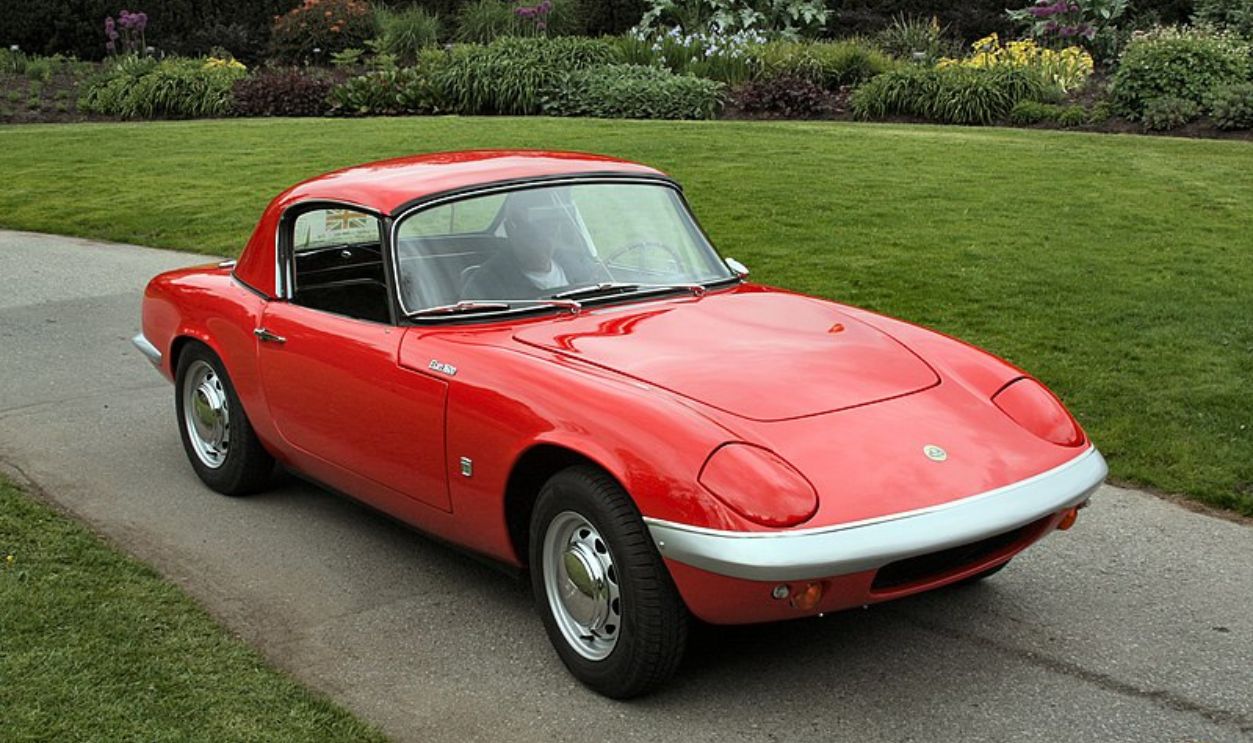 dave_7, CC BY 2.0, Wikimedia Commons
dave_7, CC BY 2.0, Wikimedia Commons
Lotus Elan's Production Enhancements
The Elan was a fiberglass-bodied car with rear-wheel drive, ideal for Peel's sleek action sequences. Special interiors, including leather seats and custom controls, matched her spy persona. Its agility on set made it perfect for quick escapes and high-speed chases in the series.
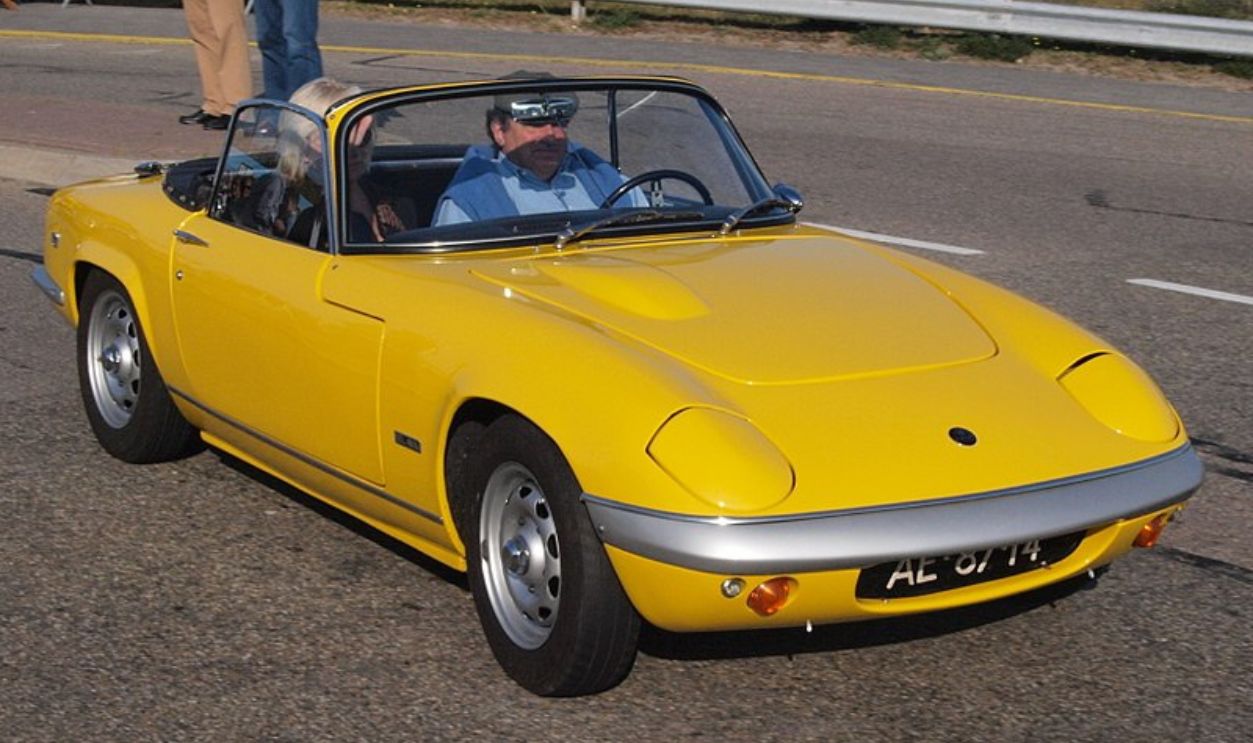 AlfvanBeem, CC0, Wikimedia Commons
AlfvanBeem, CC0, Wikimedia Commons
The 1994 Toyota Supra Mk IV
In The Fast and the Furious, the orange Supra Mk IV showcased its legendary 2JZ-GTE engine. It was Brian O'Conner's statement. The drag race scene? Pure adrenaline. This 3.0-liter inline-six engine produces around 320 horsepower in stock form but can be modified to achieve much higher outputs.
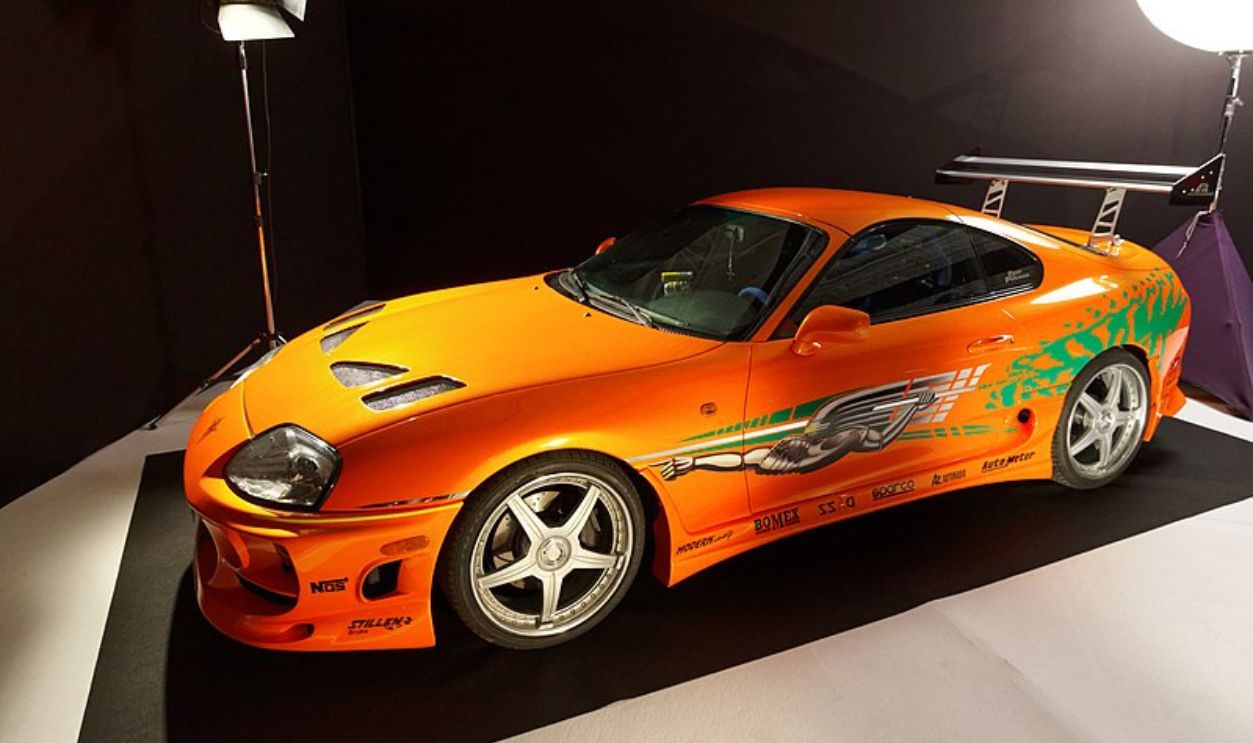 Thesupermat, CC BY-SA 4.0, Wikimedia Commons
Thesupermat, CC BY-SA 4.0, Wikimedia Commons
Supra's Movie-Ready Modifications
Work done on this ride was a lot of engine work for performance purposes and the body for aesthetics. It was heavily modified with a larger turbocharger, high-performance intercooler, and other enhancements to maximize speed and performance. Its custom body kit, oversized wing, and nitrous oxide system made it race-ready.
The 1959 Cadillac Miller-Meteor
When there's something strange in your neighborhood, who are you gonna call? The Ecto-1 from the Ghostbusters, of course! This converted ambulance hearse carried proton packs and ghost traps, and it instantly became an integral part of the Ghostbusters franchise.
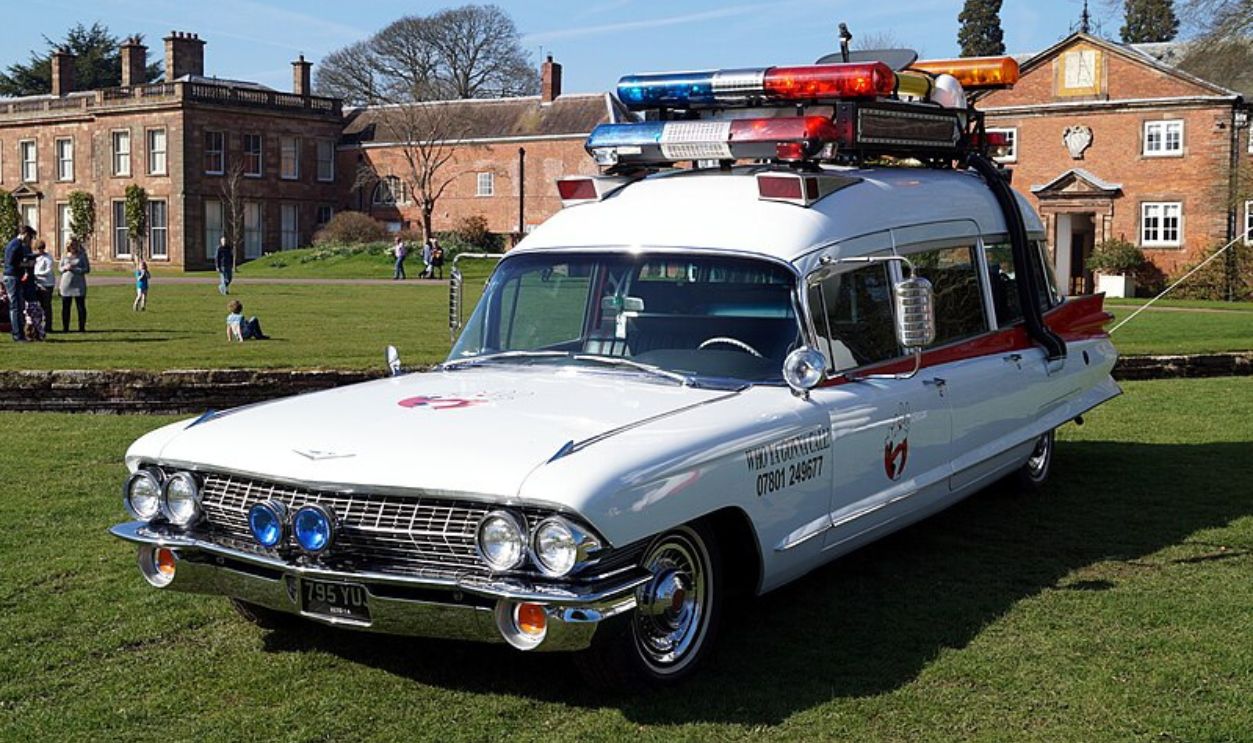 Jonathan Stonehouse, CC BY 2.0, Wikimedia Commons
Jonathan Stonehouse, CC BY 2.0, Wikimedia Commons
Ecto-1's Paranormal Features
The Ecto-1's modifications included roof-mounted gadgets like a "sniffer" to detect ghosts. Its wailing siren, custom paint job, and proton storage racks gave it its unique ghost-hunting identity. These changes were designed to look cobbled together, adding to the team's underdog charm.
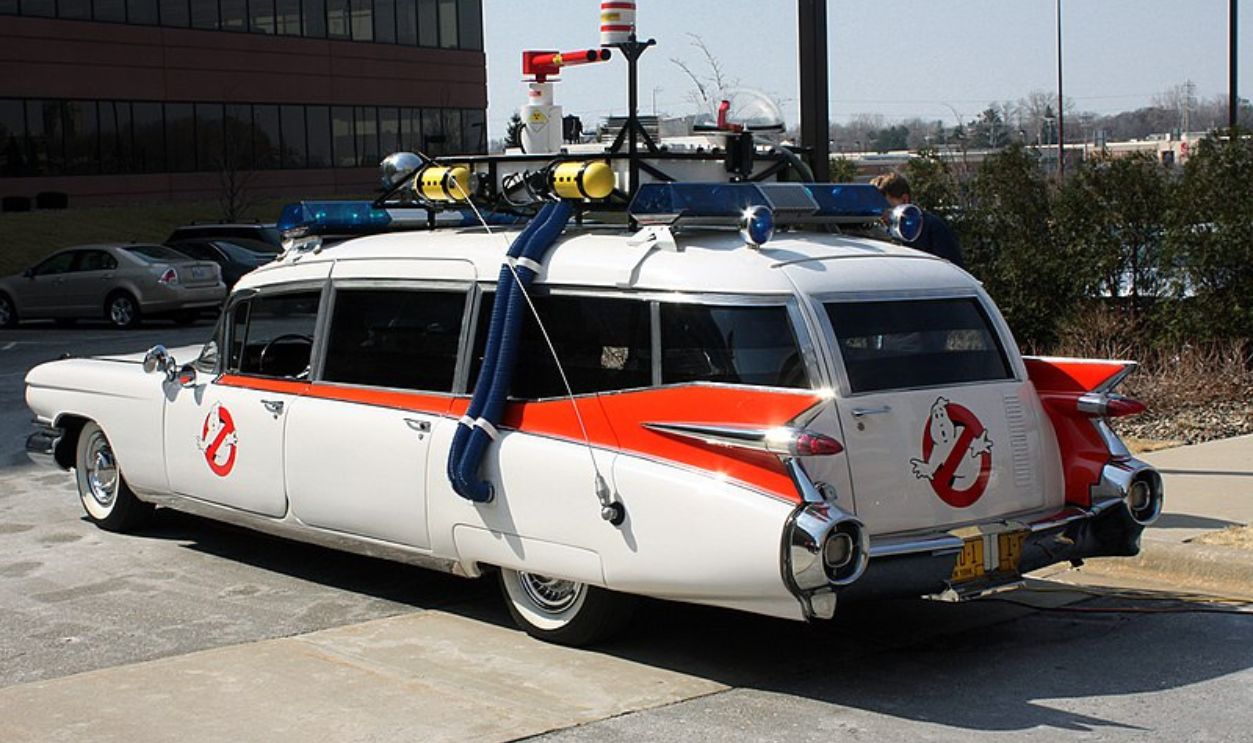 relux., CC BY-SA 2.0, Wikimedia Commons
relux., CC BY-SA 2.0, Wikimedia Commons
The 1968 Dodge Charger
Quentin Tarantino's Death Proof turned this Charger into a weapon. Its 7.2-liter V8 engine powered terrifying chases. The best scene has to be the final one. A group of women, Zoë Bell (playing herself), Kim (Tracie Thoms), and Abernathy (Rosario Dawson), decide to take revenge on Stuntman Mike.
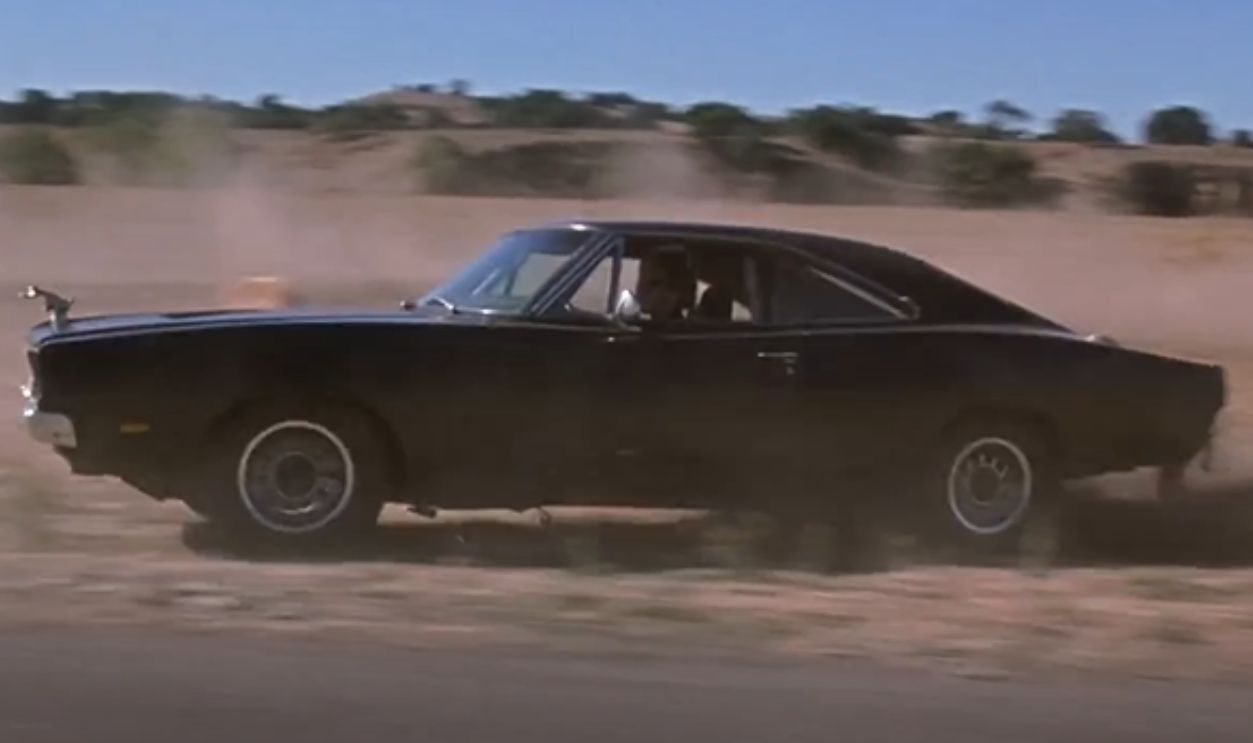 Crash 2 - Death Proof by Celia Sainz
Crash 2 - Death Proof by Celia Sainz
Charger's Reinforcements For The Role
Stunt teams added roll cages and reinforced steel frames to make the Charger "death-proof". The matte black paint and menacing grille enhanced its predatory look. Its guttural engine growl was amplified in post-production to evoke fear during high-speed chases.
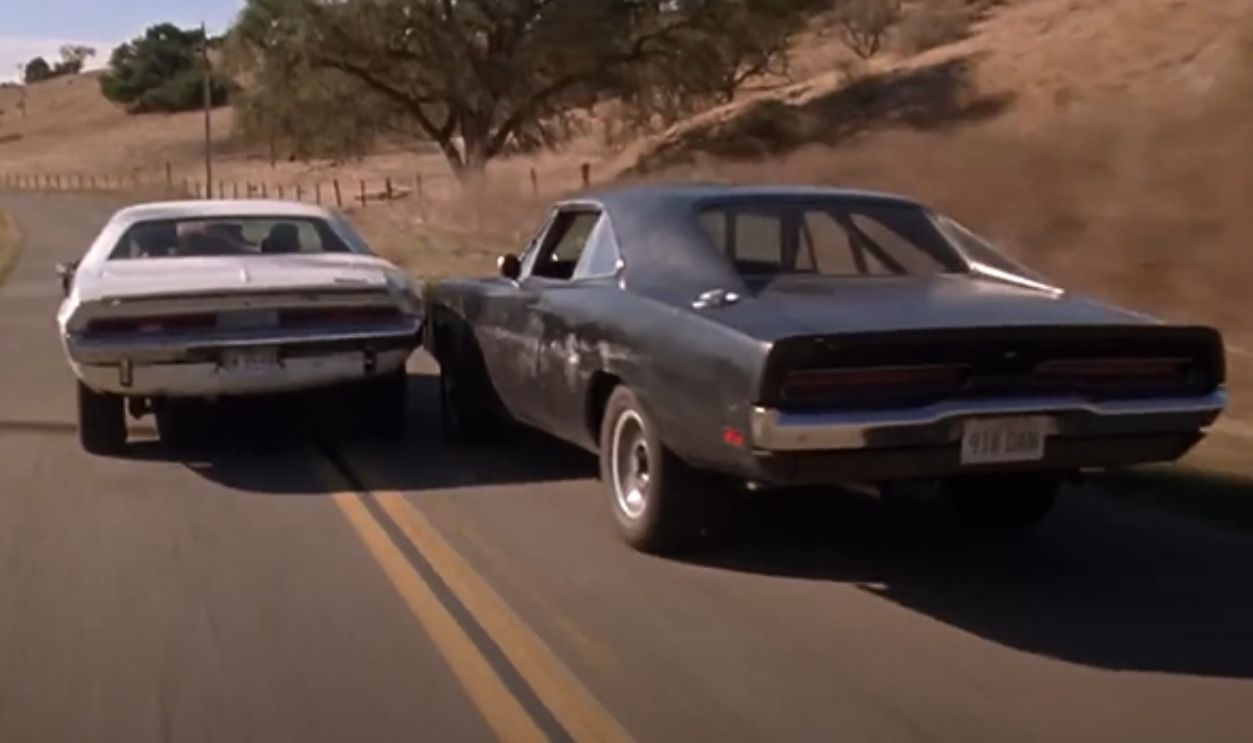 Crash 2 - Death Proof by Celia Sainz
Crash 2 - Death Proof by Celia Sainz
The 1977 Pontiac Firebird Trans Am
Burt Reynolds' Pontiac Firebird Trans Am in Smokey and the Bandit became an instant classic—freedom and rebellion on the open road. With its black paint, gold accents, and fiery eagle decal, the Trans Am oozed charisma, keeping audiences glued to high-speed pursuits. Not forgetting the witty banter.
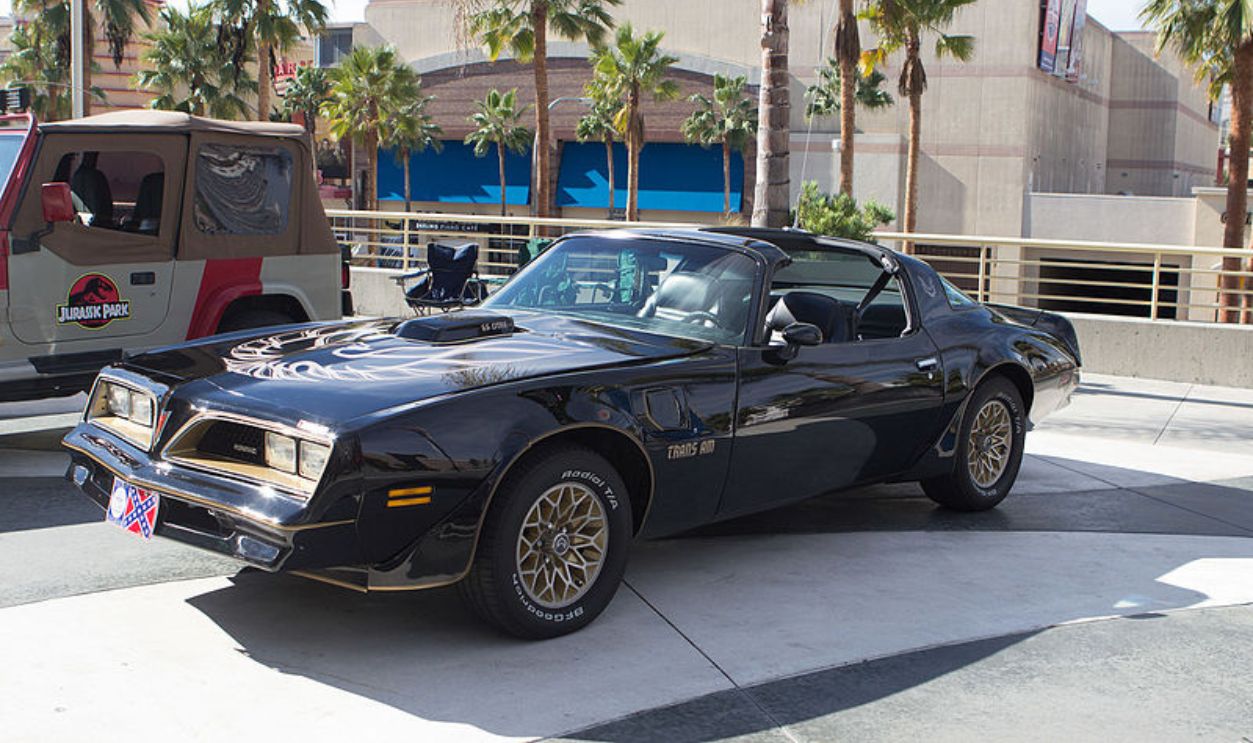 Pat Loika, CC BY 2.0, Wikimedia Commons
Pat Loika, CC BY 2.0, Wikimedia Commons
Firebird's Trailblazing Specs
This muscle car roared with a 6.6-liter V8 engine, producing 200 horsepower, and was modified with reinforced suspensions for stunt driving. The iconic T-top roof added swagger and practicality during chase sequences. Its unique design turned the Firebird into an enduring emblem of 1970s Americana.
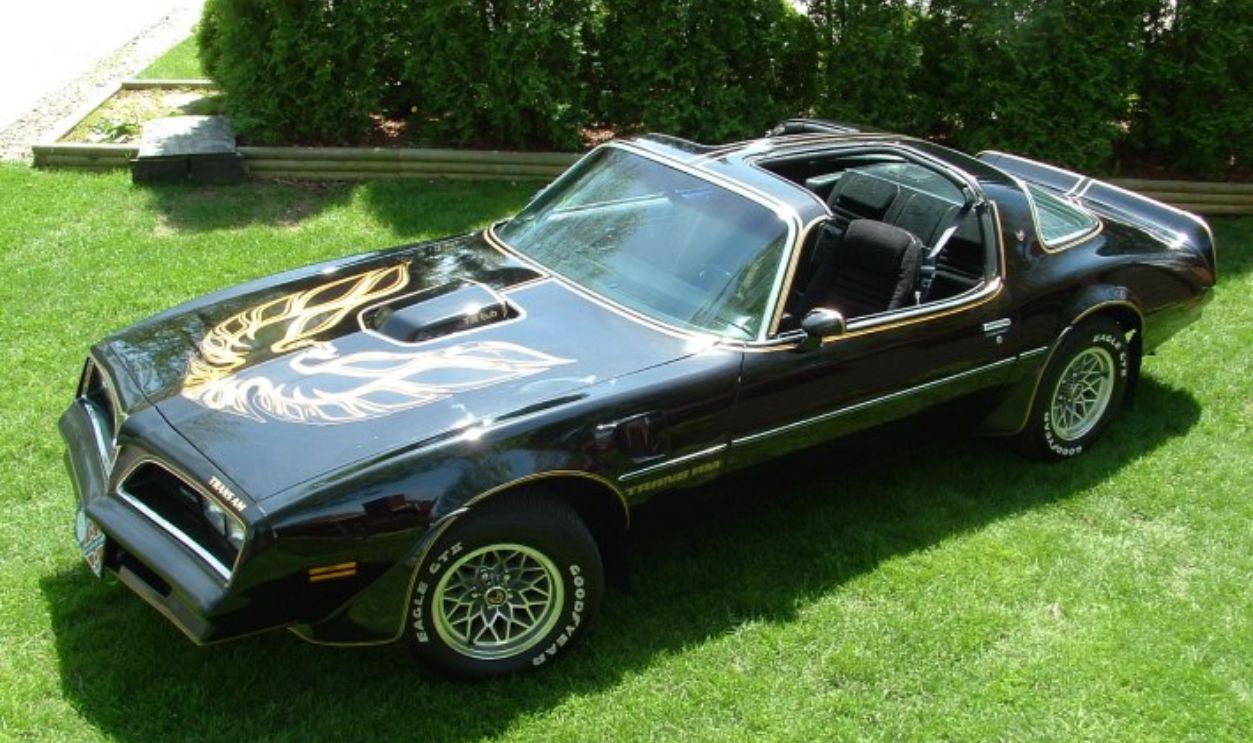 Stuurm, CC BY-SA 3.0, Wikimedia Commons
Stuurm, CC BY-SA 3.0, Wikimedia Commons


